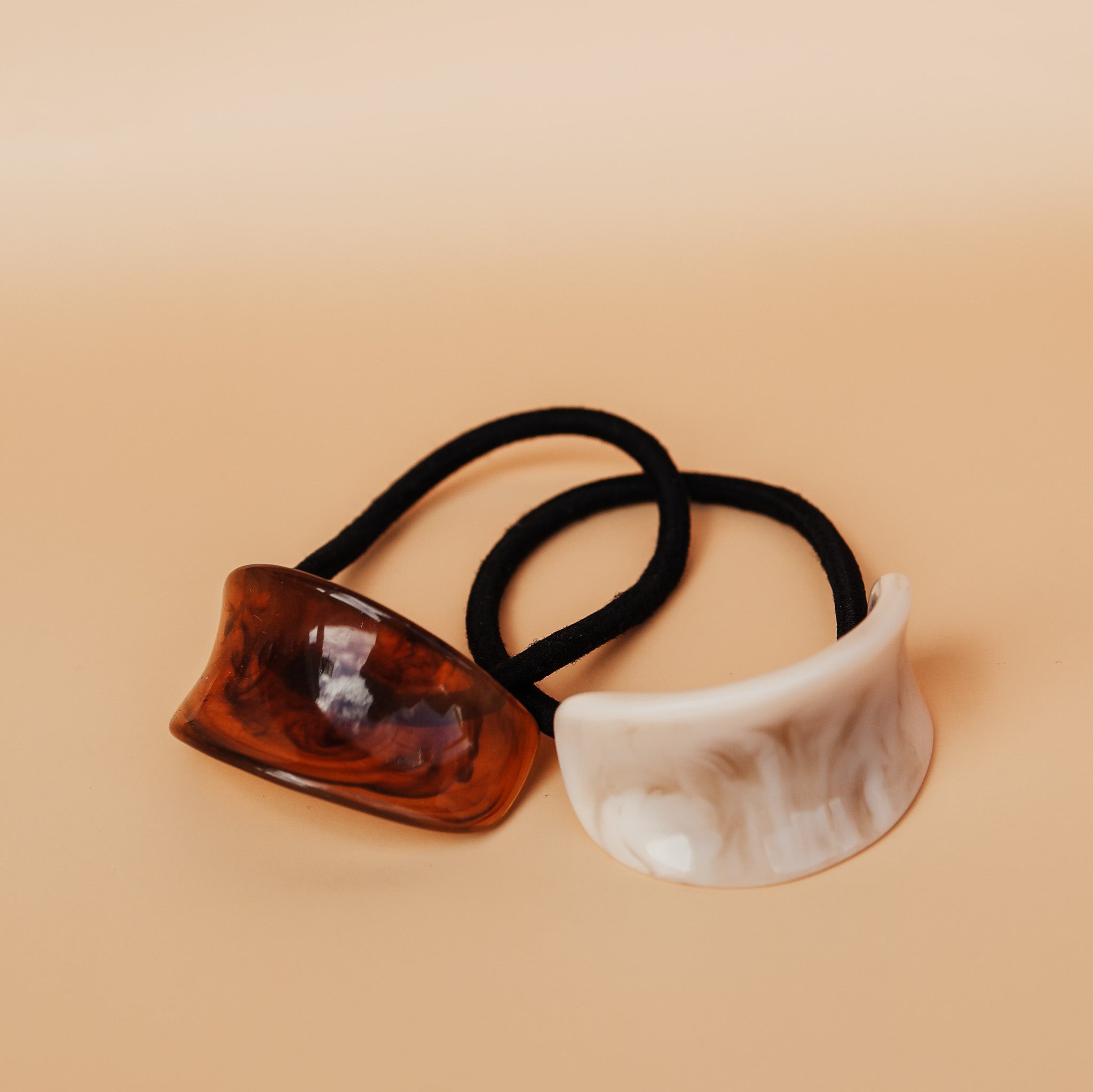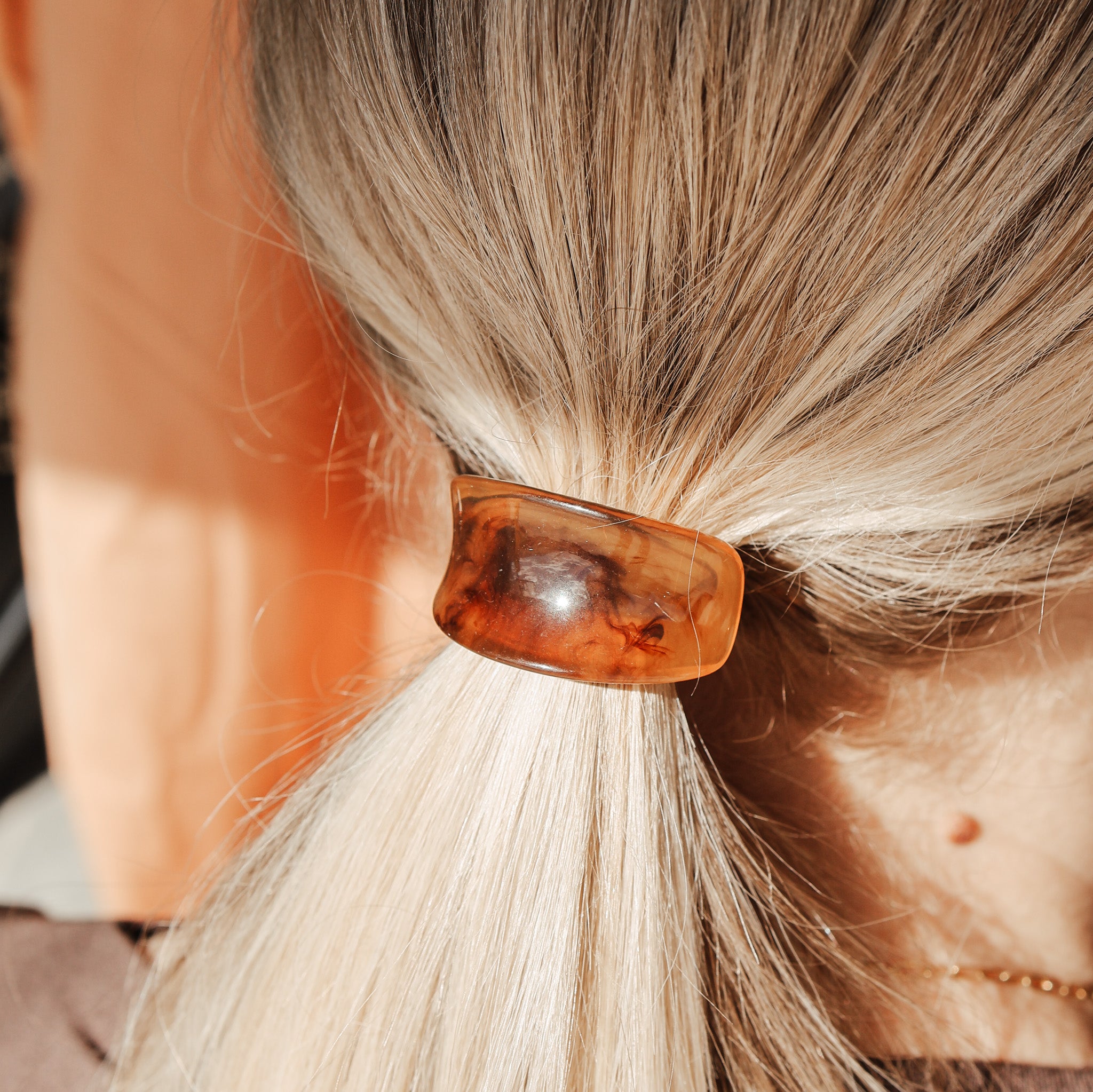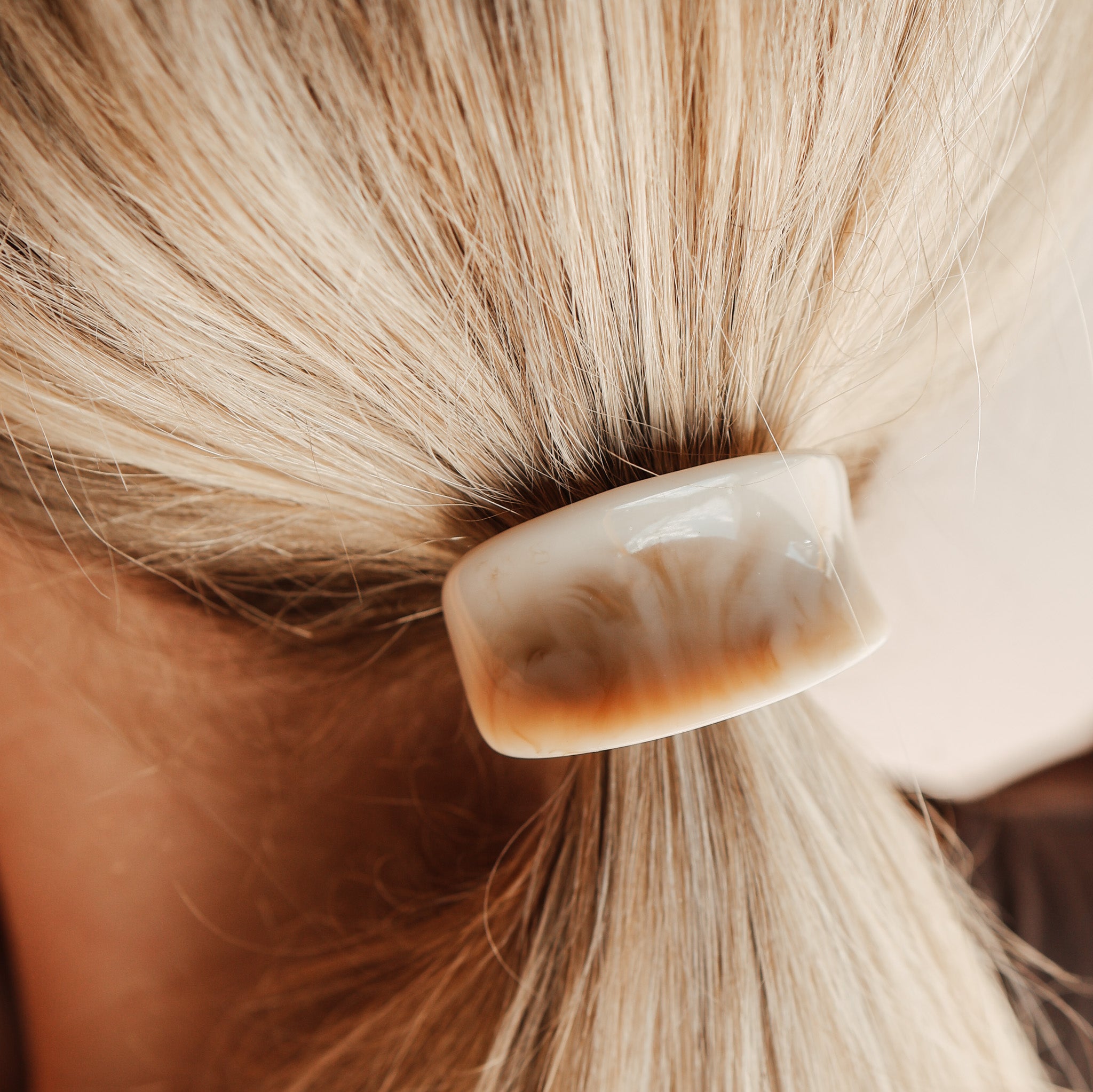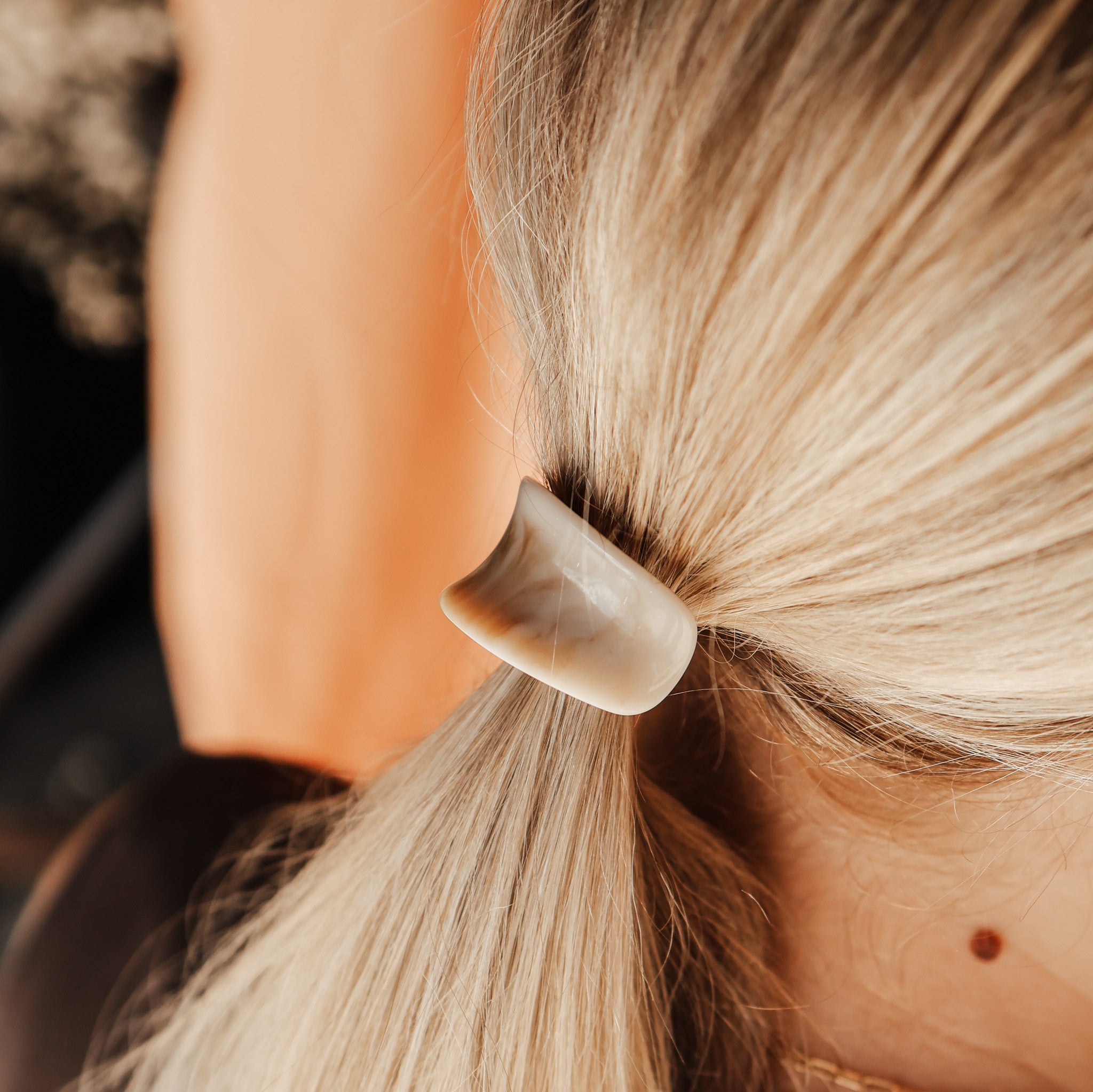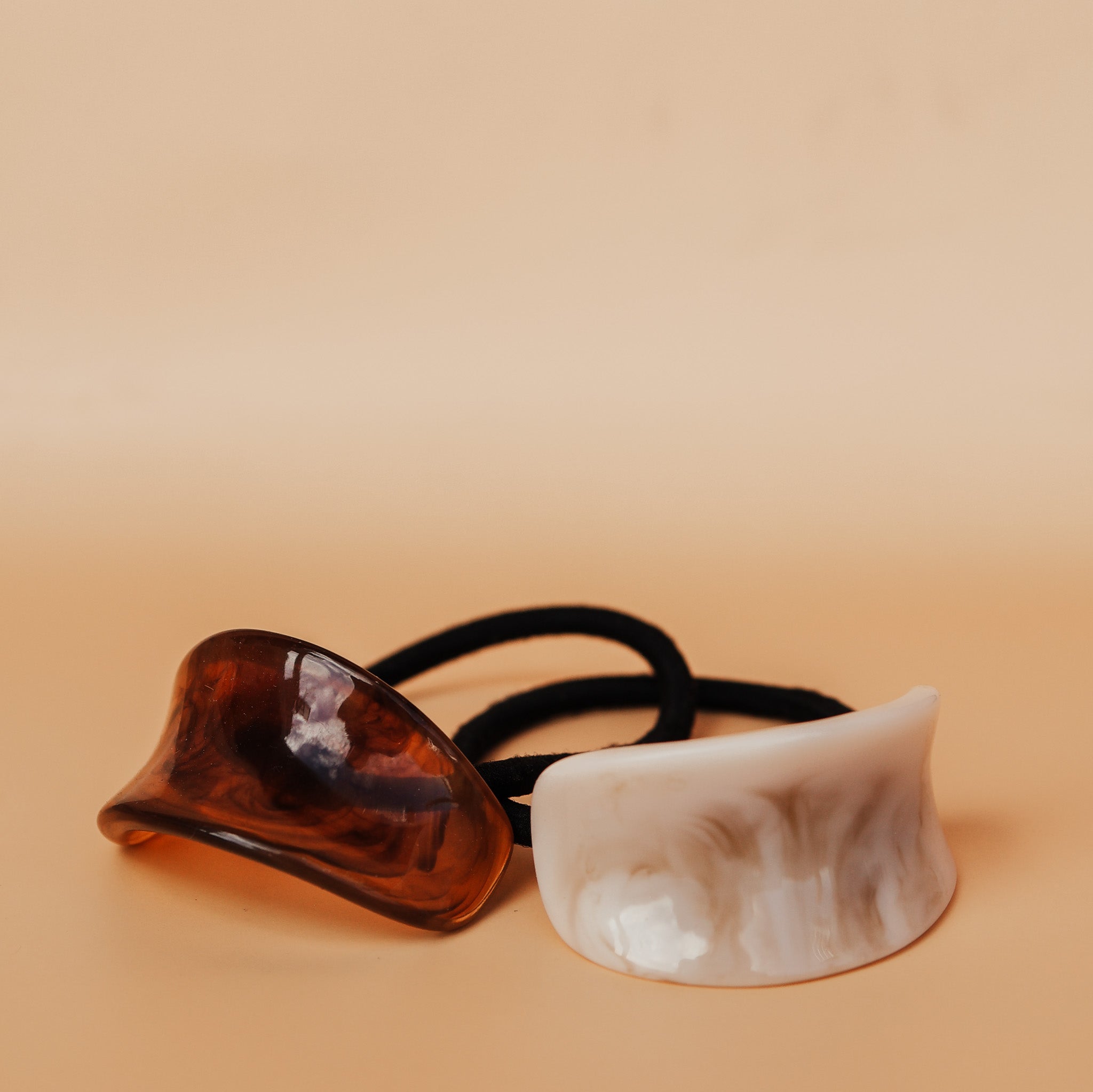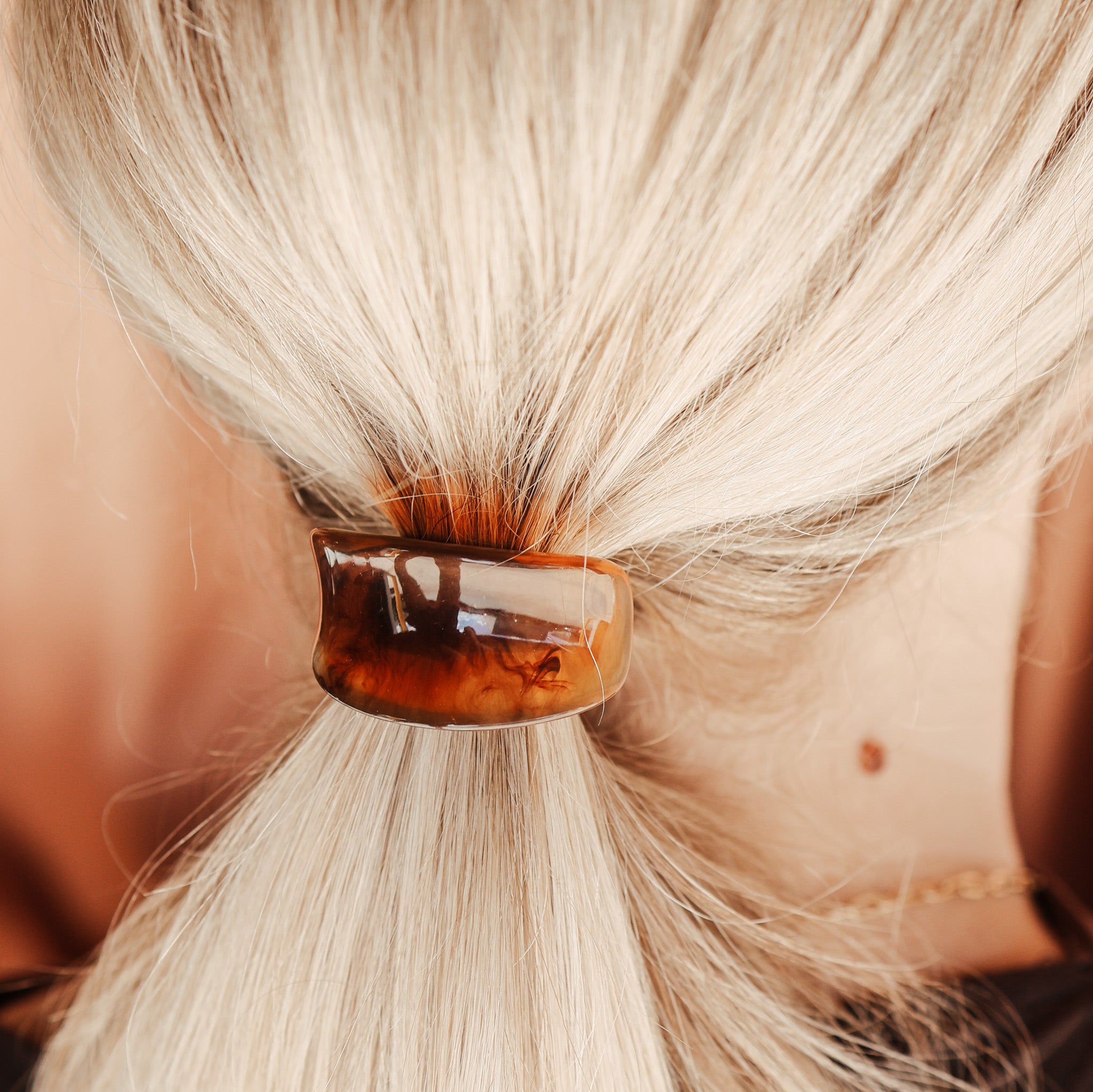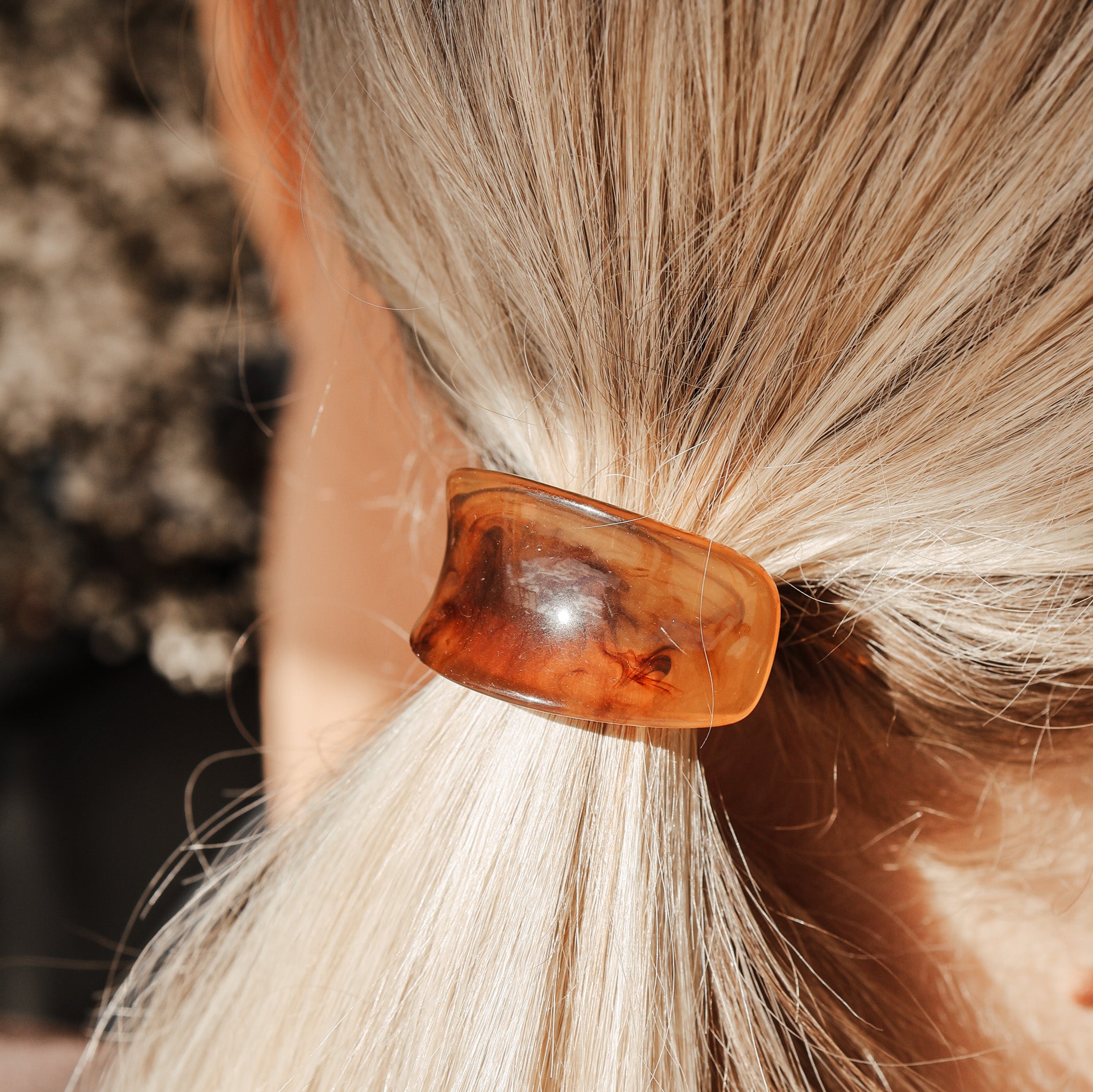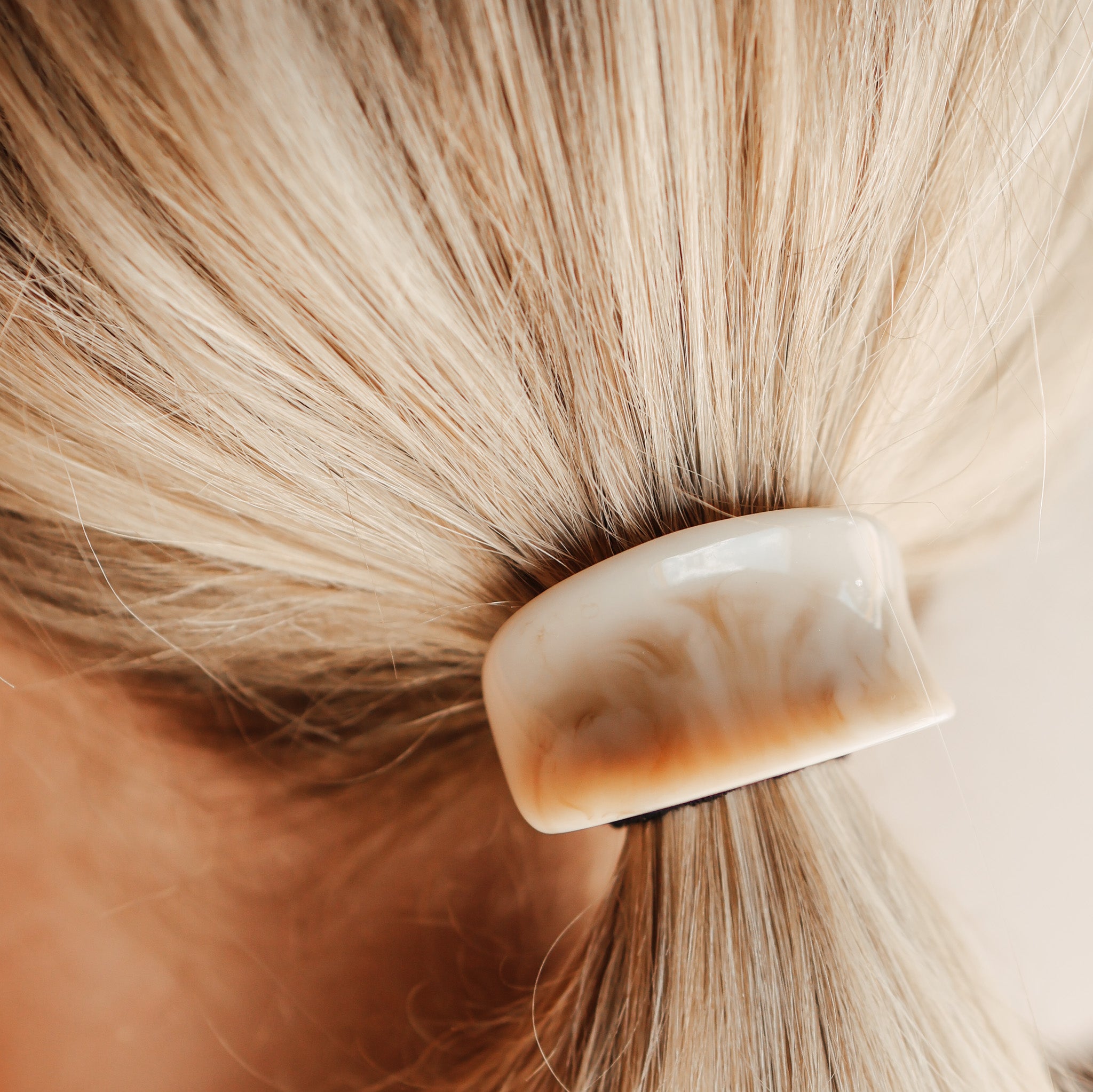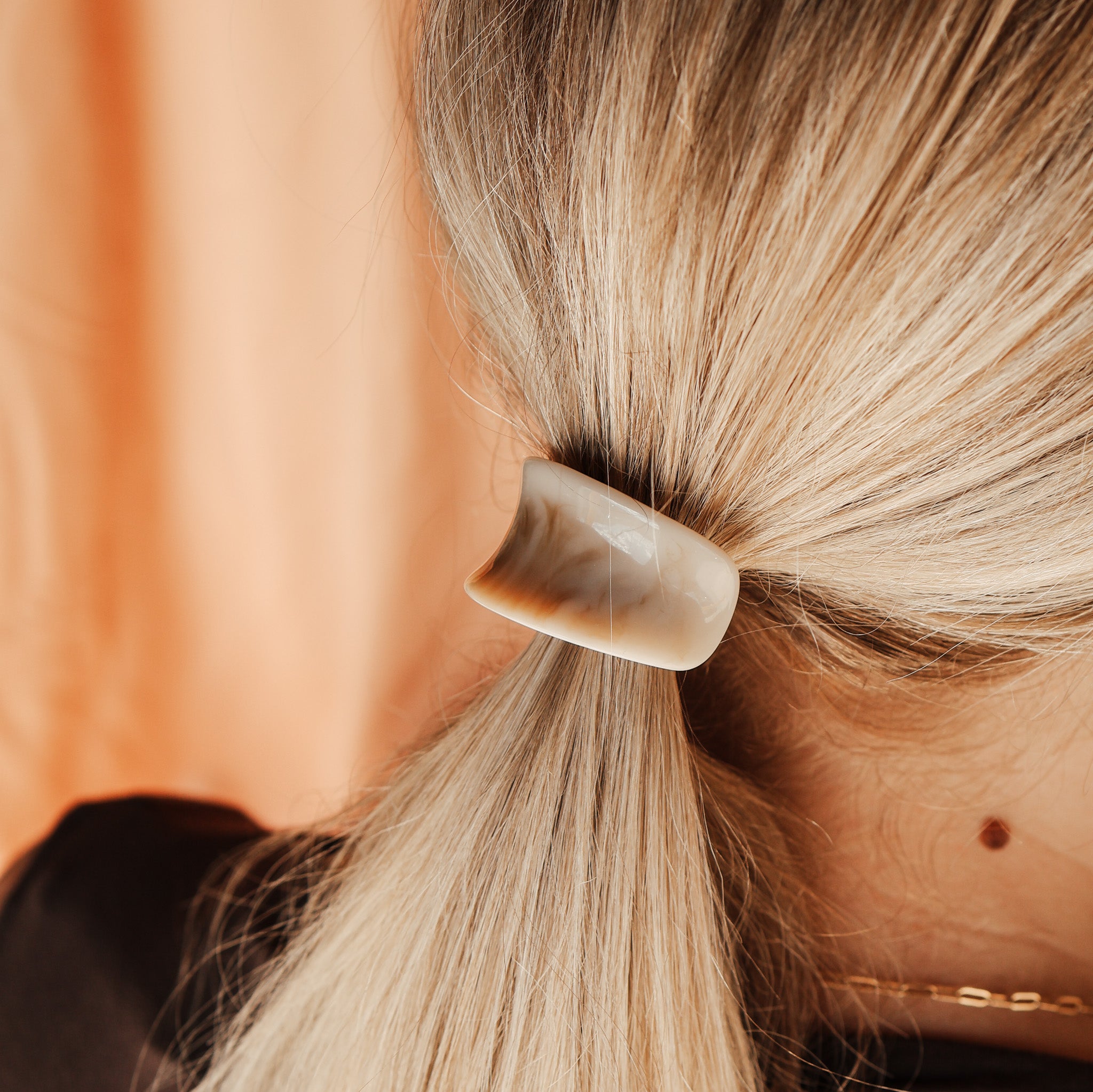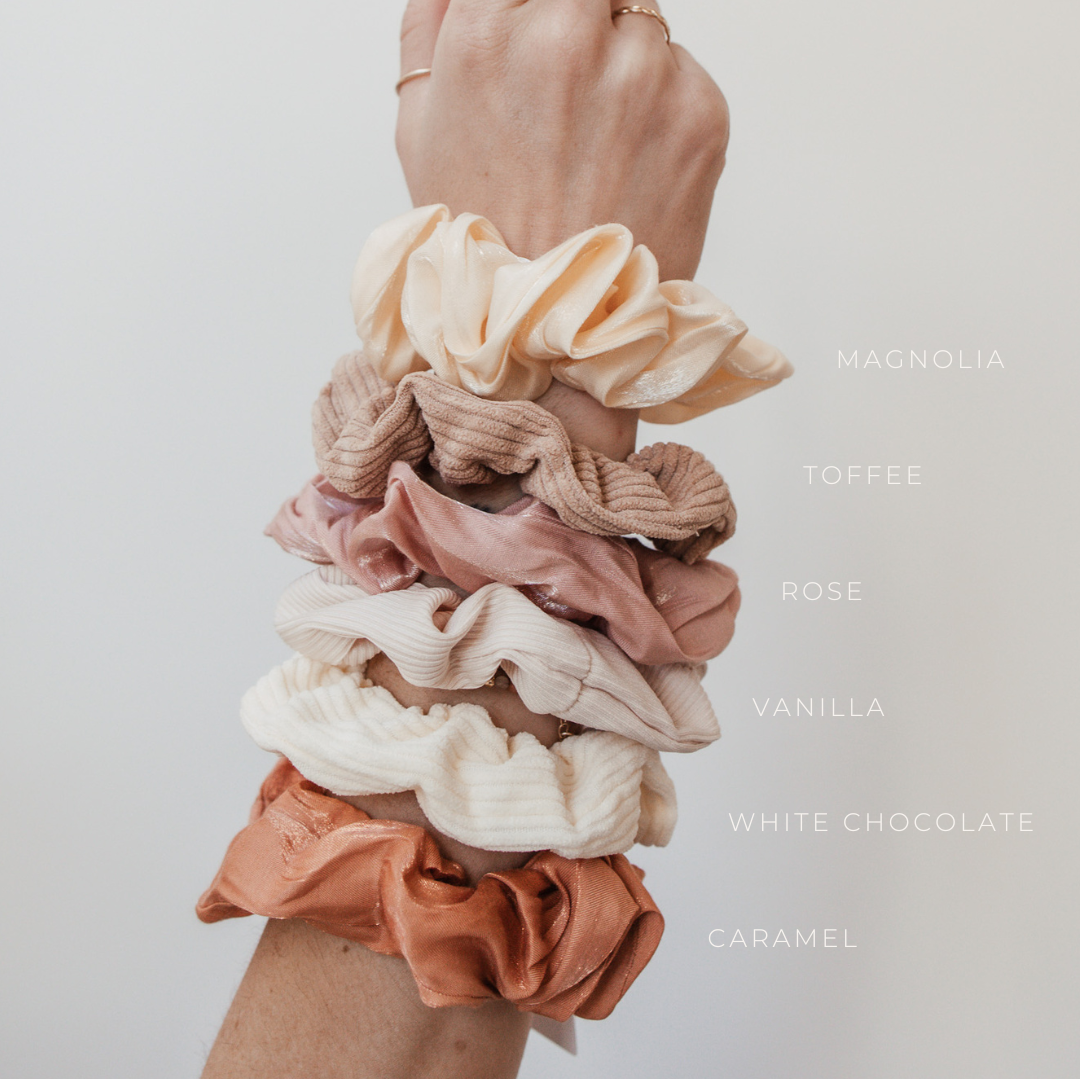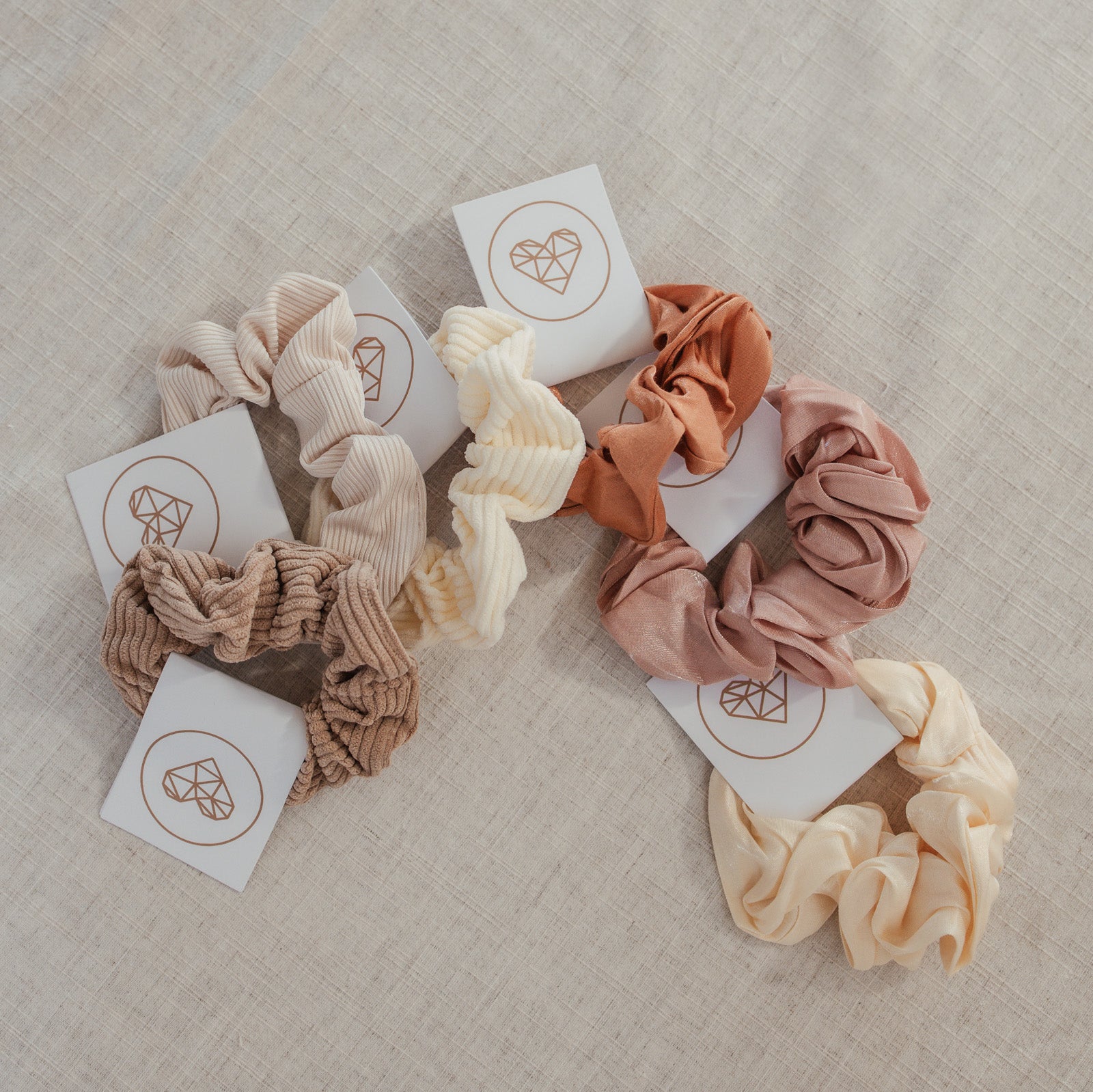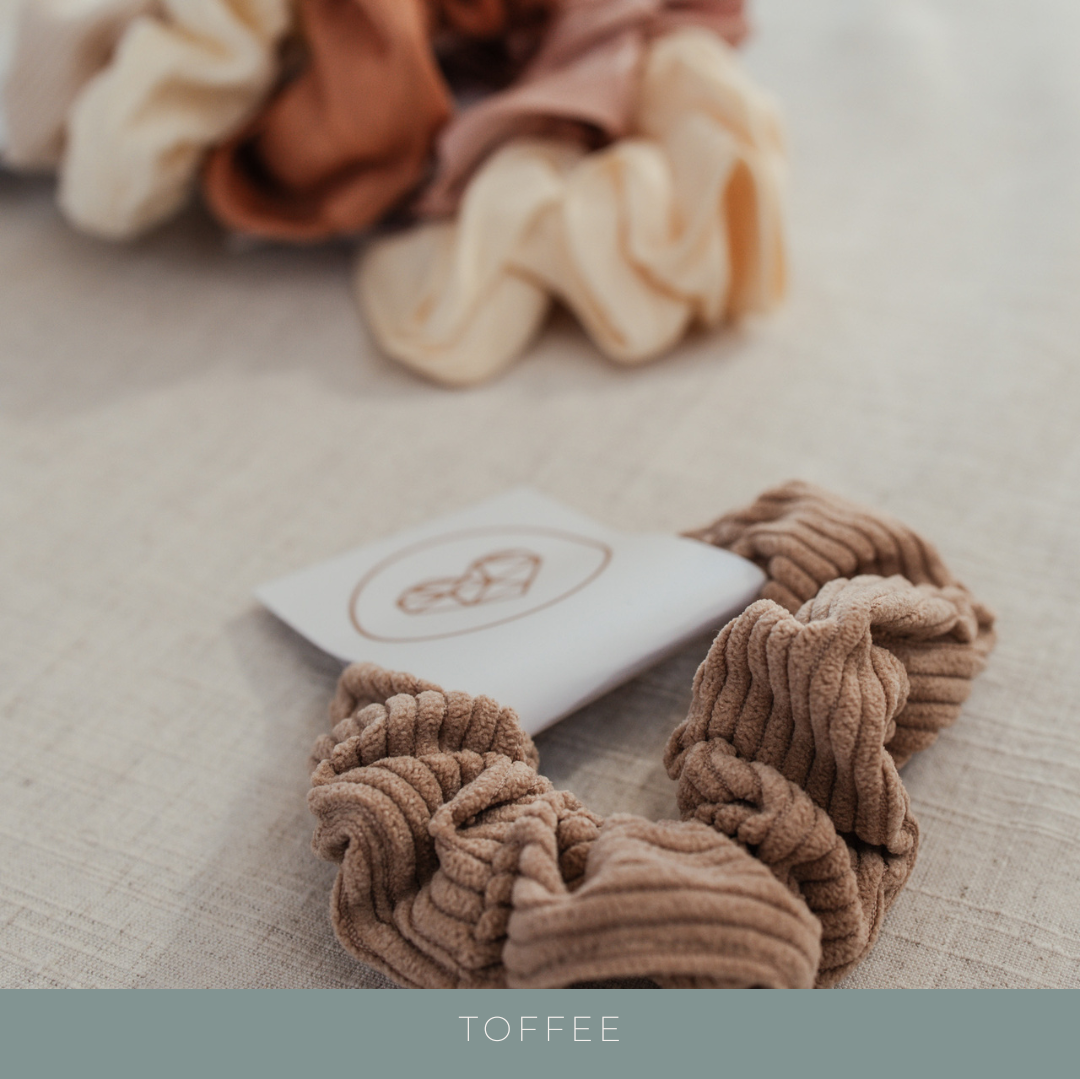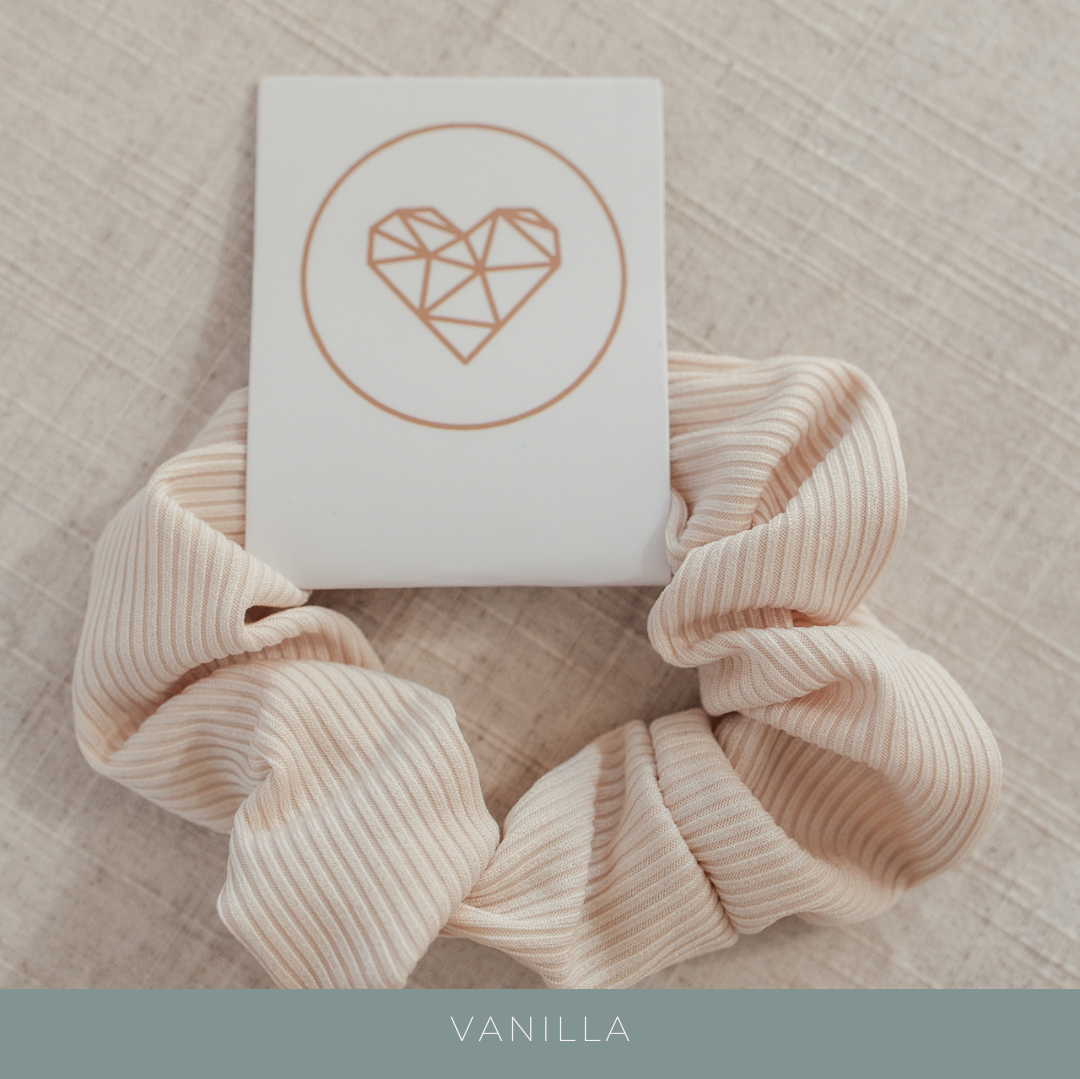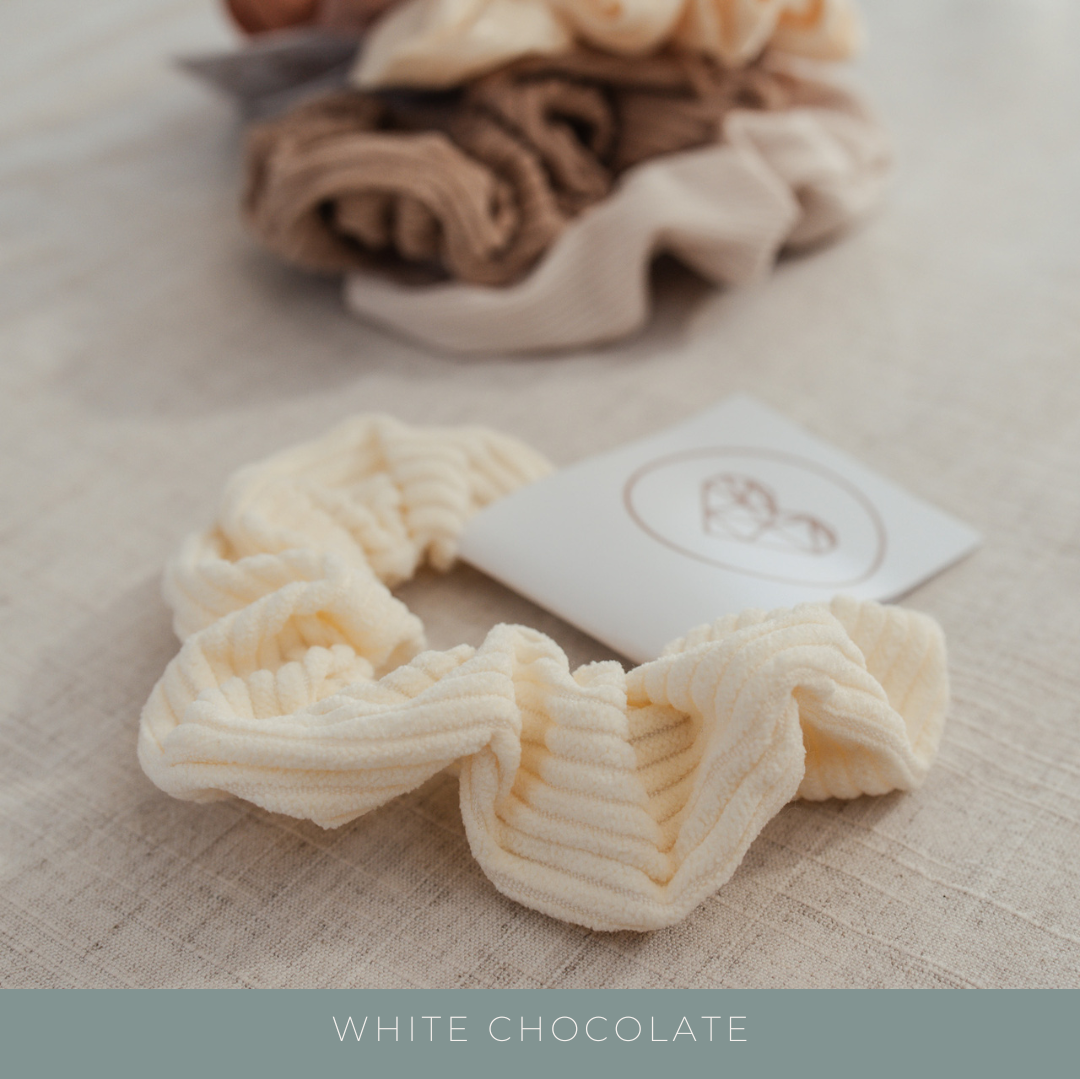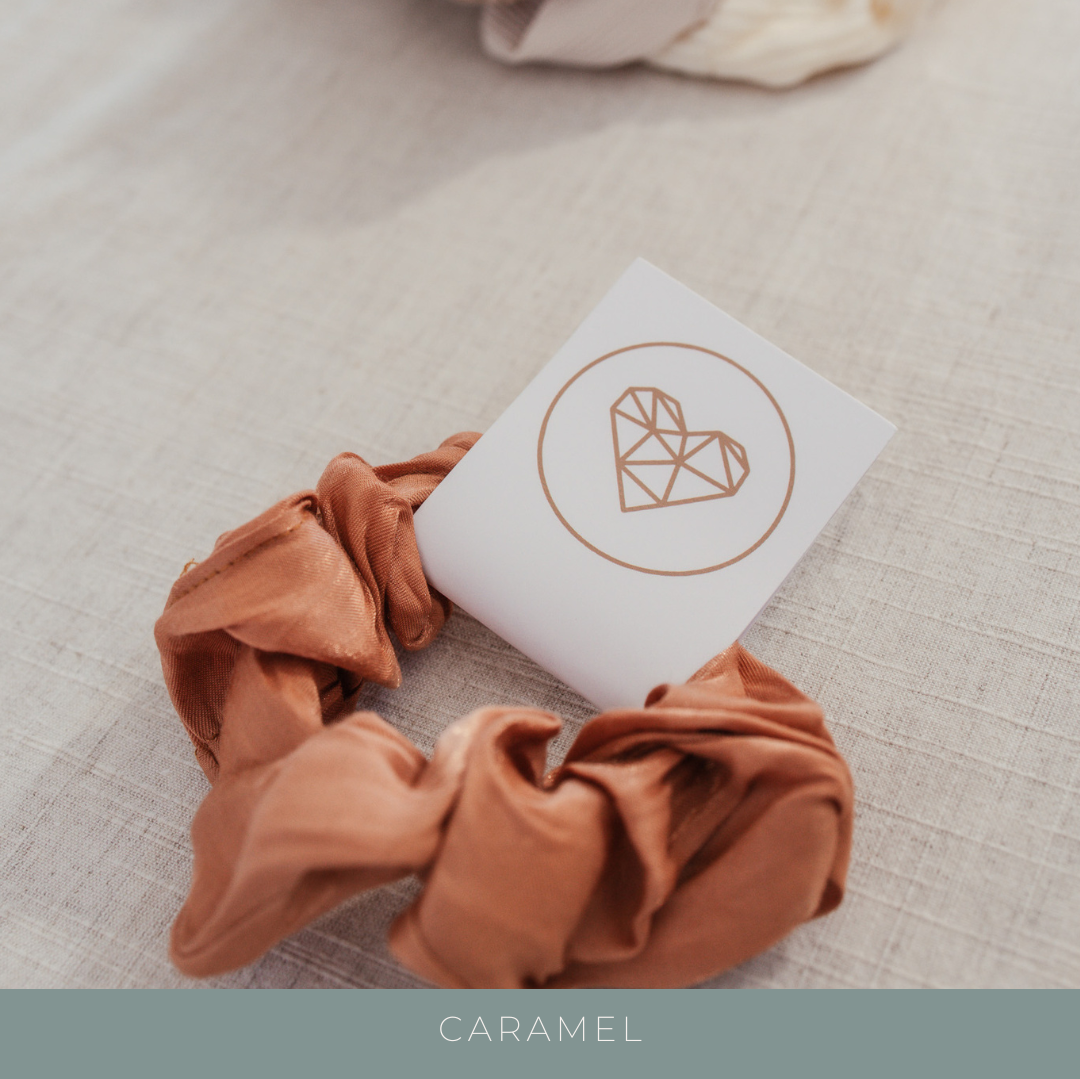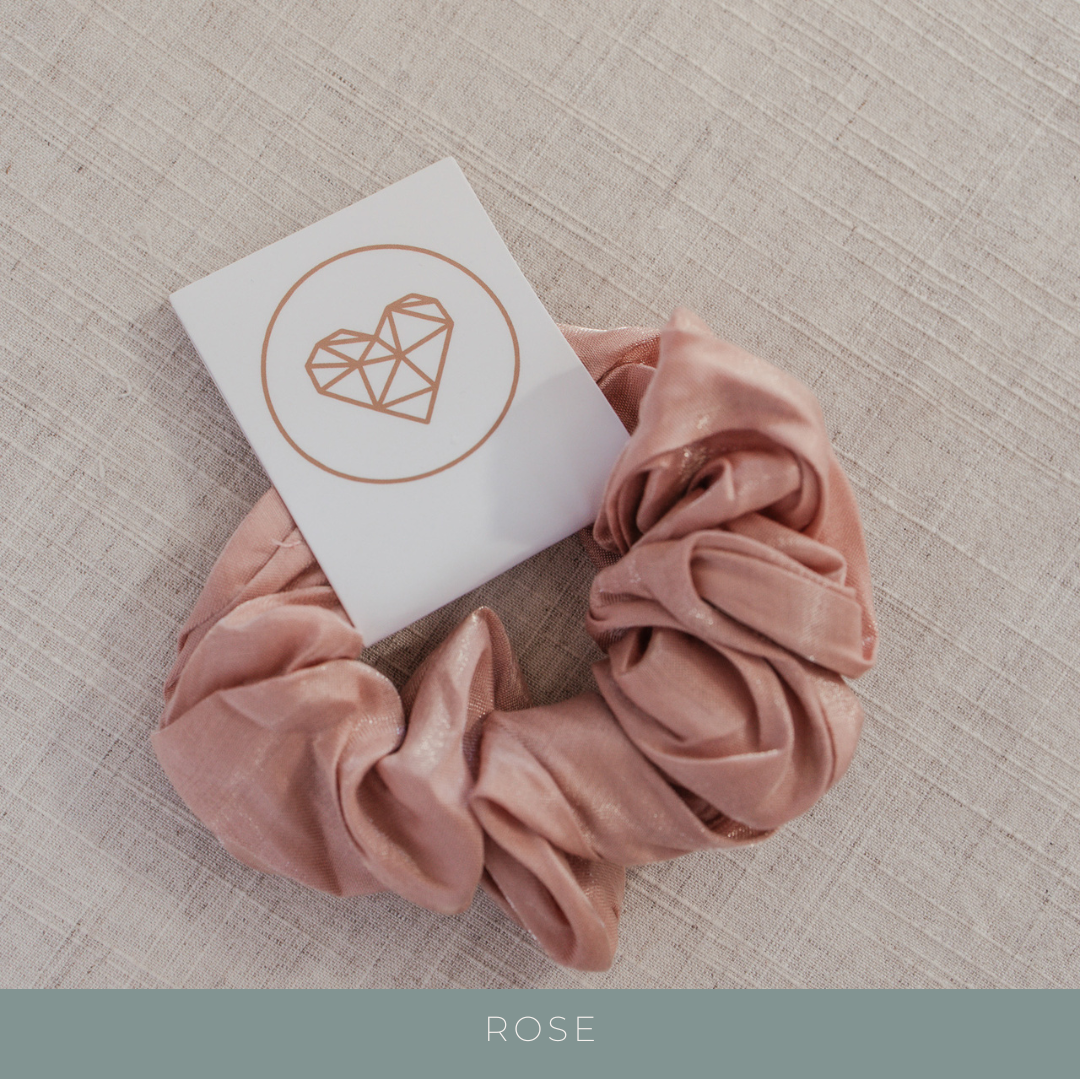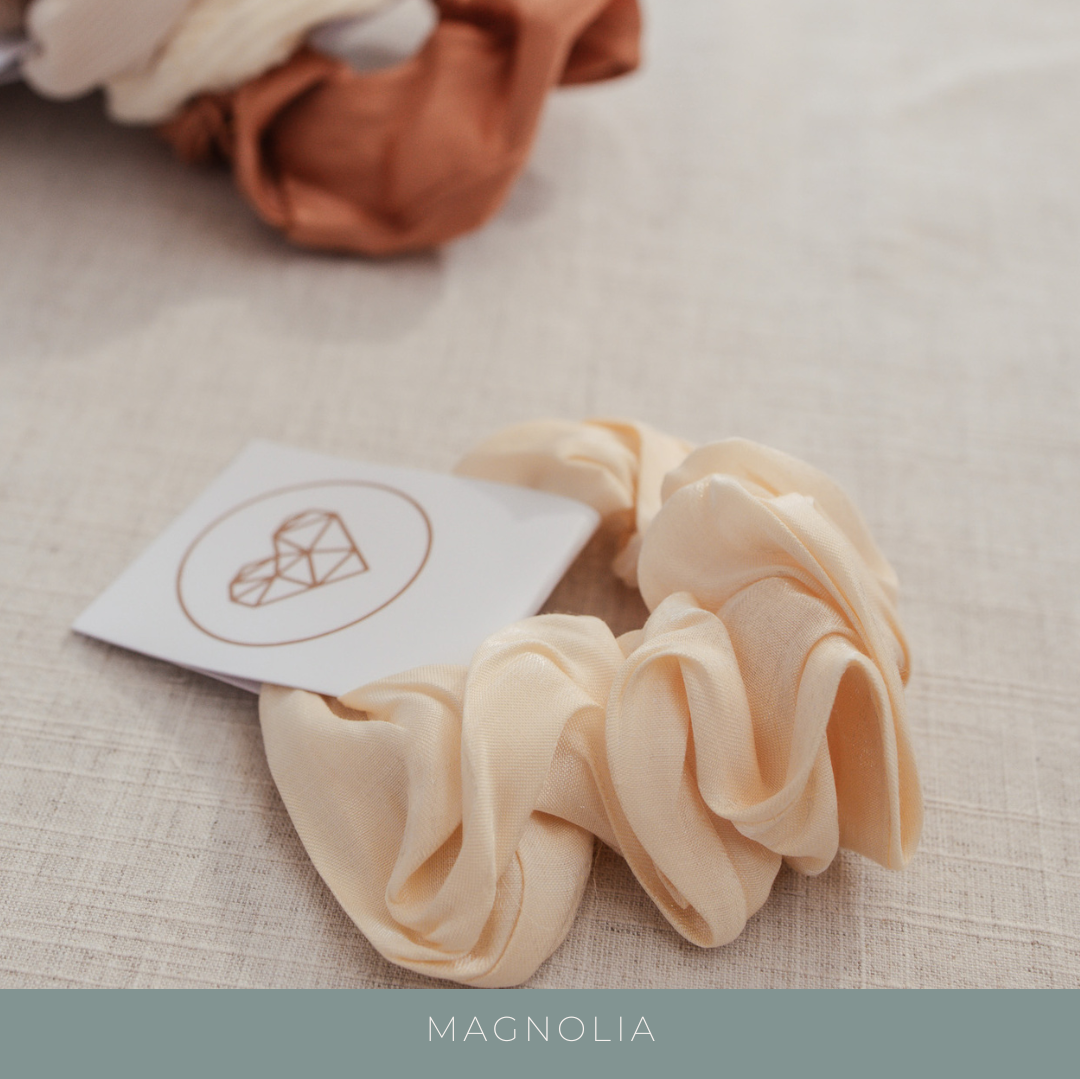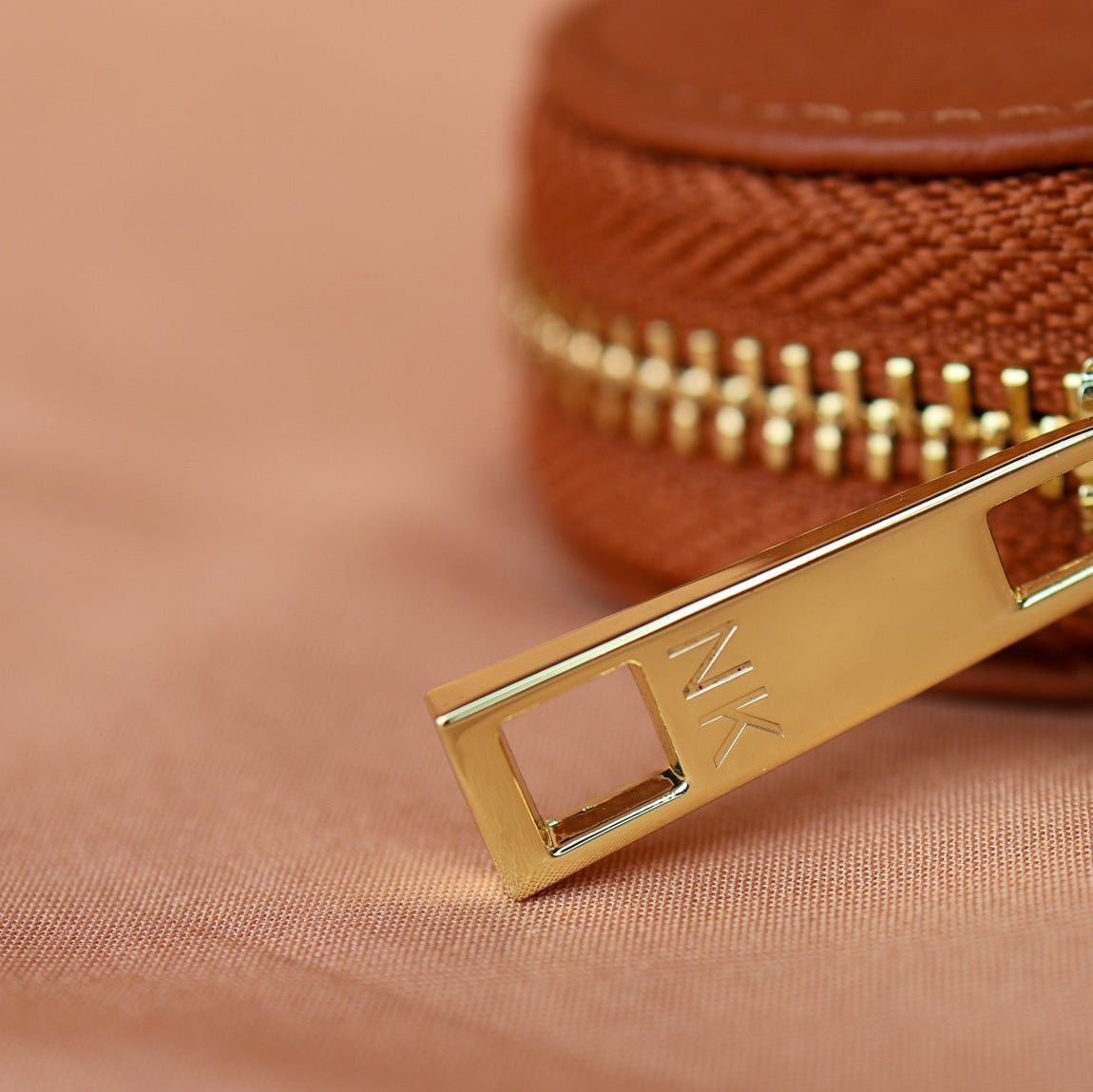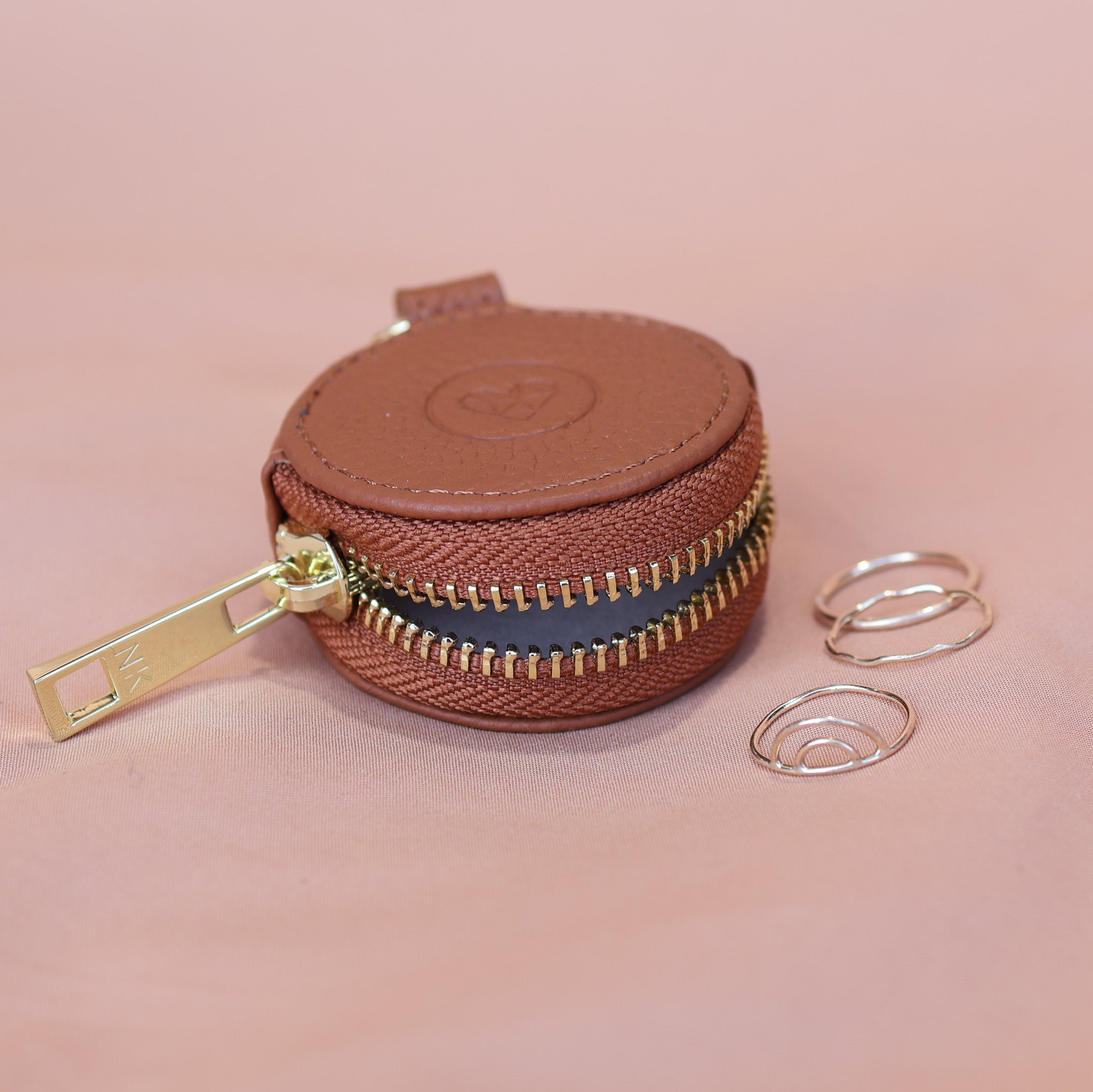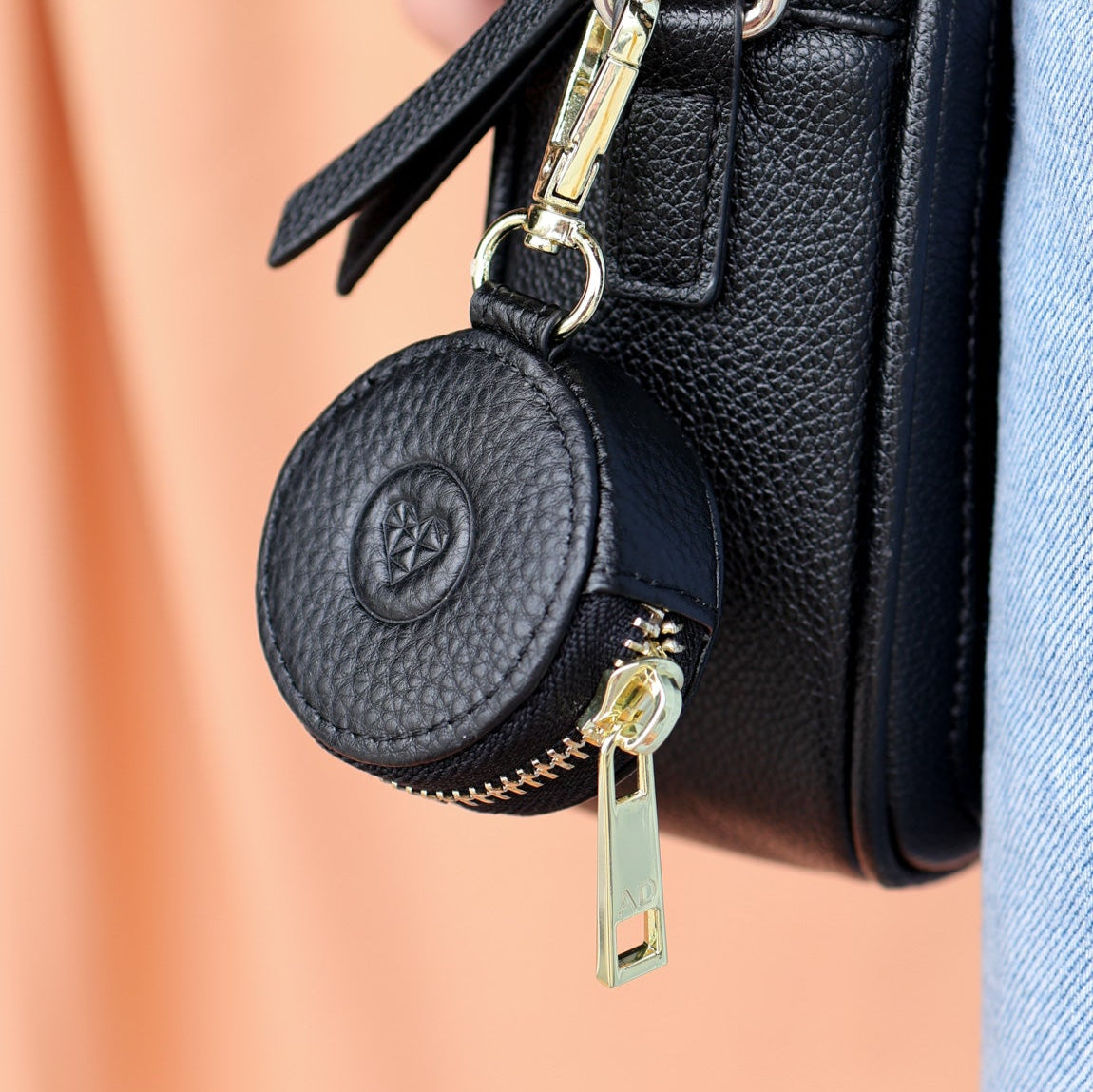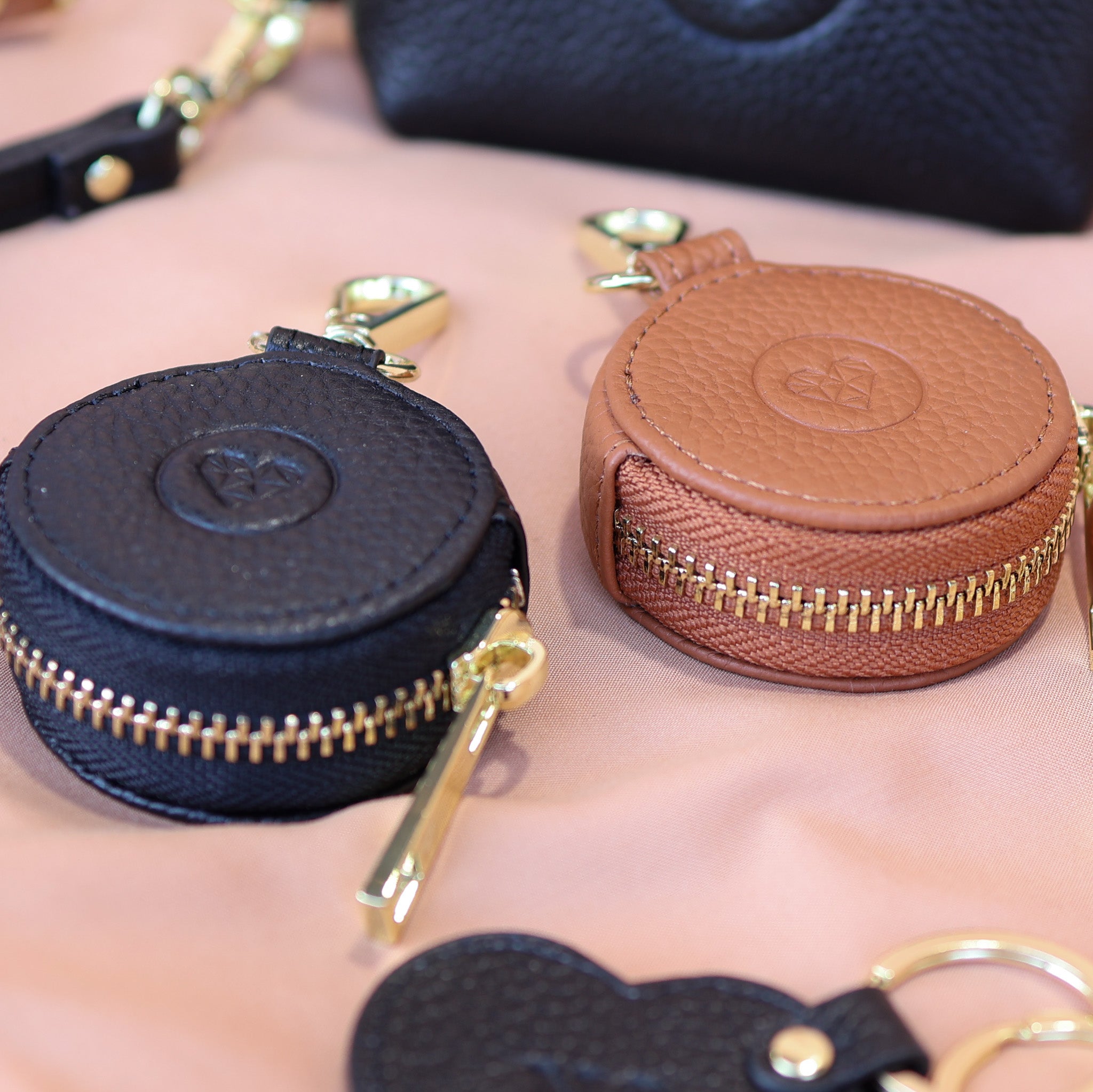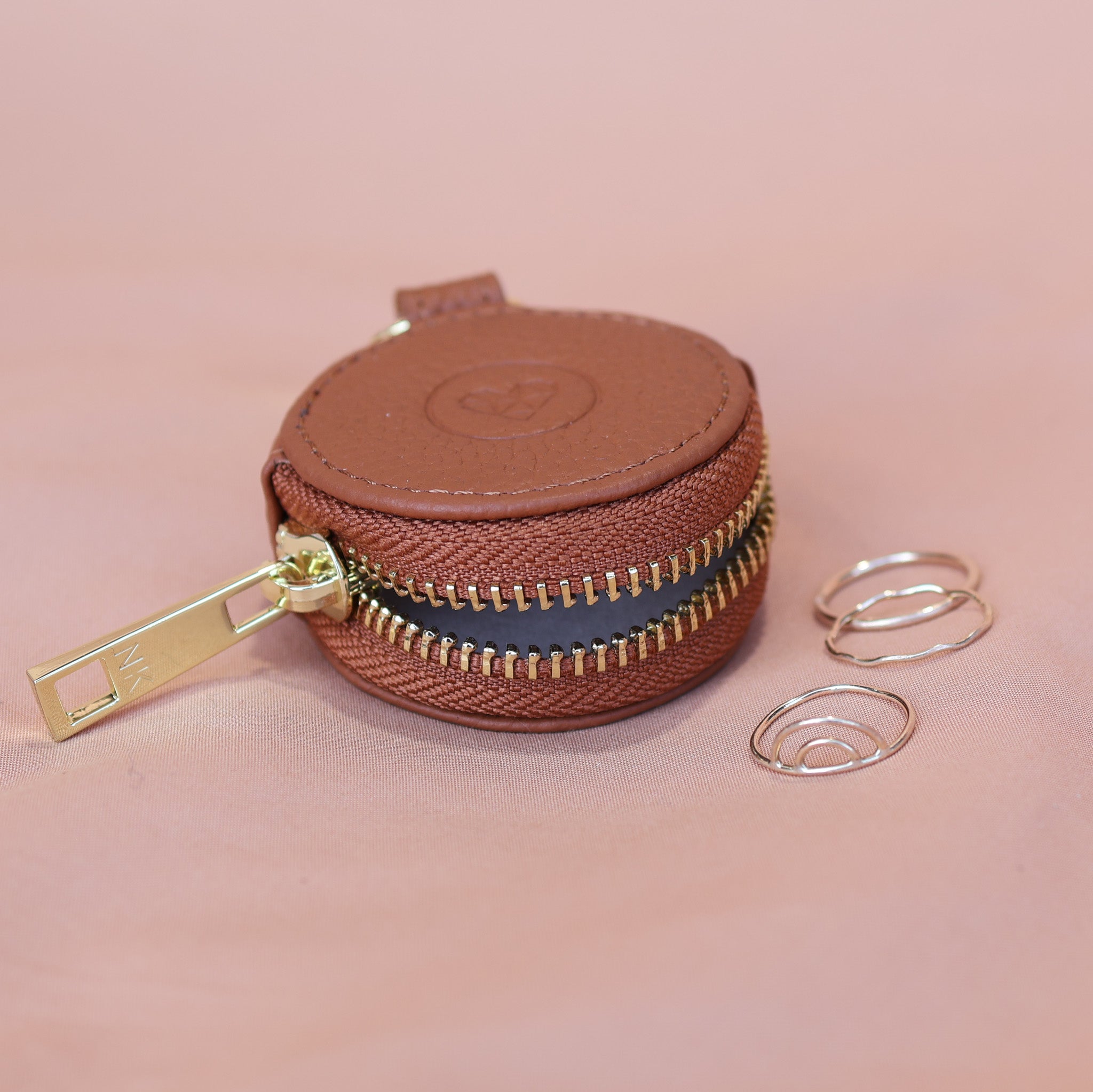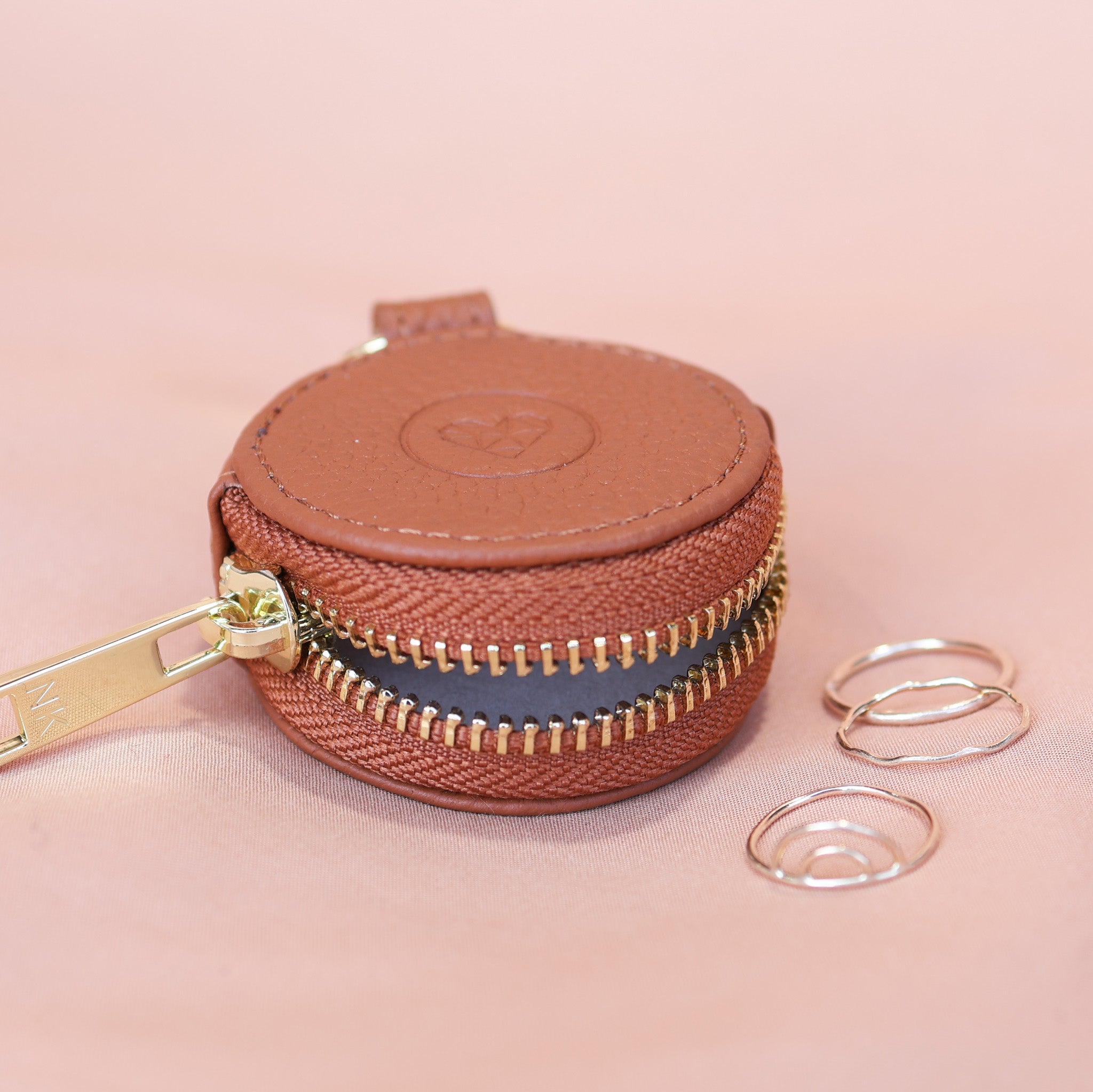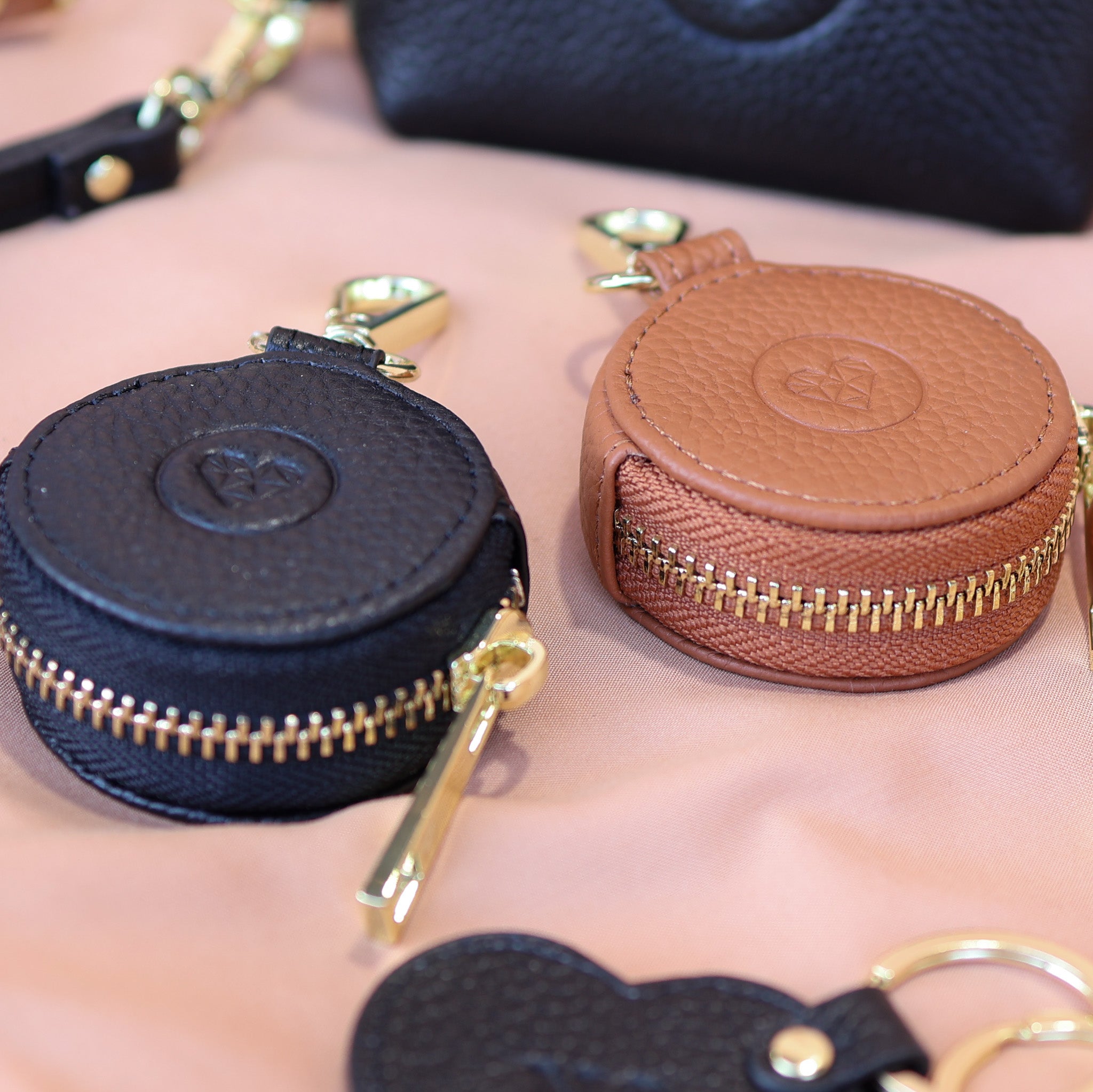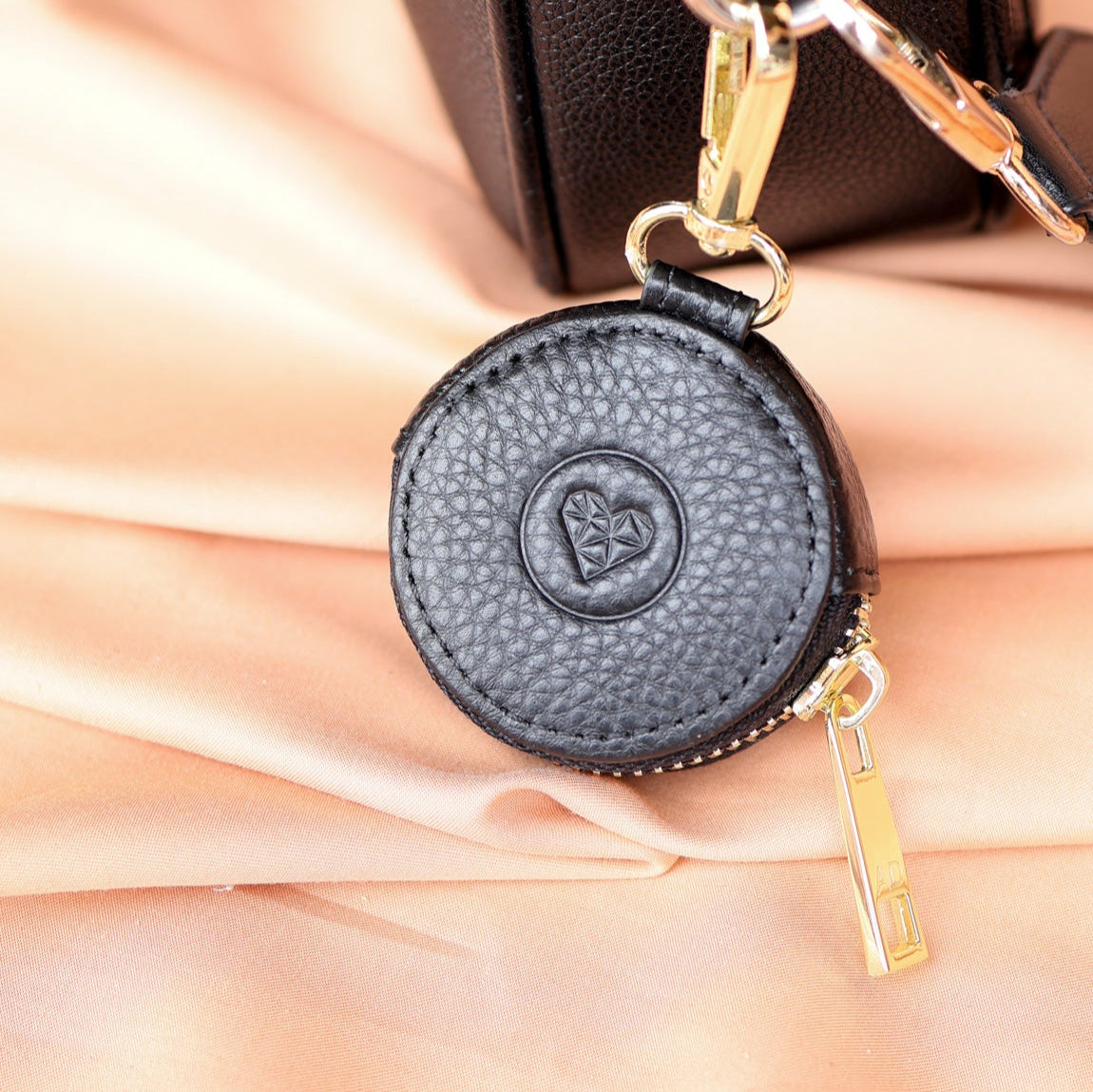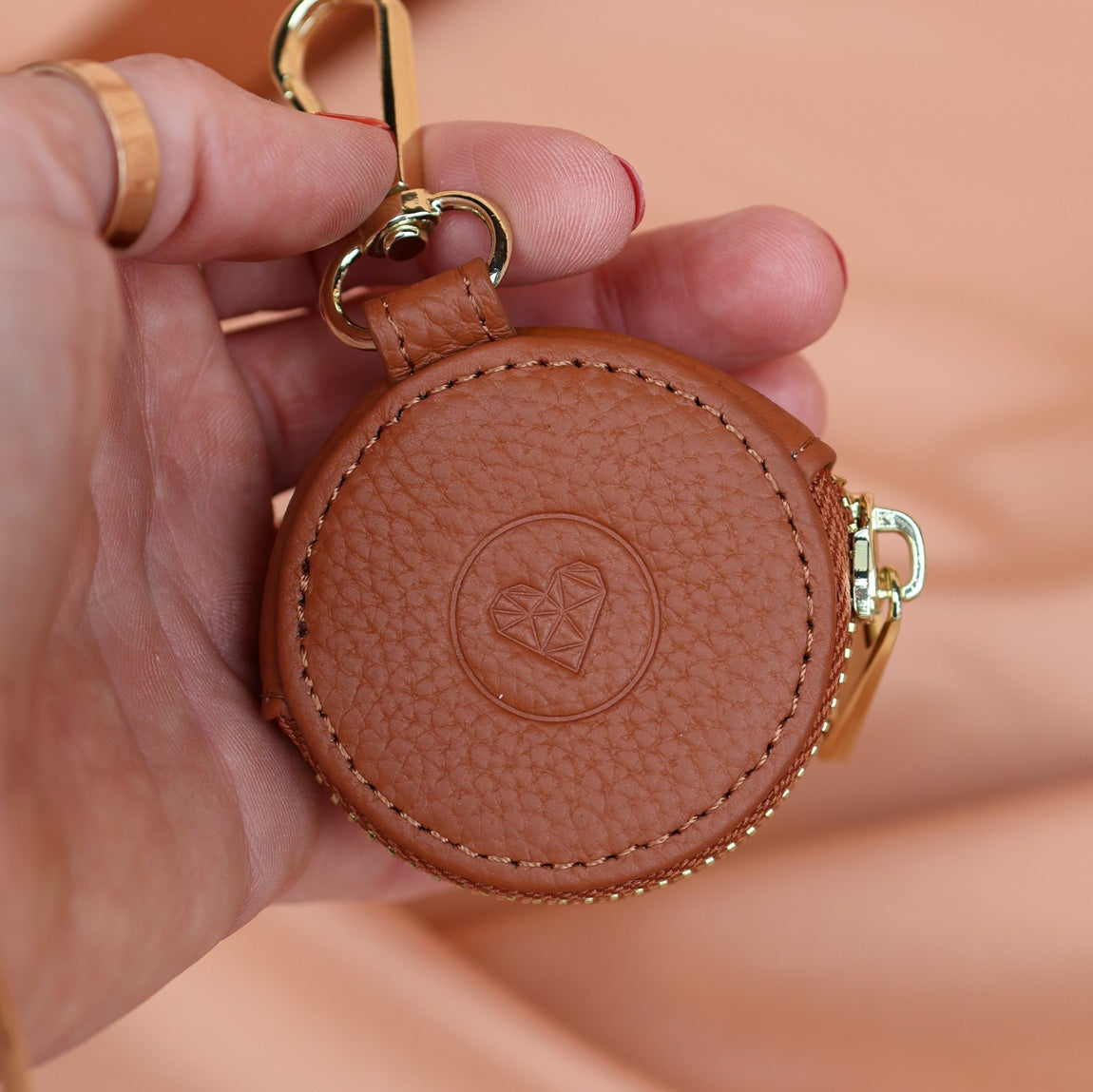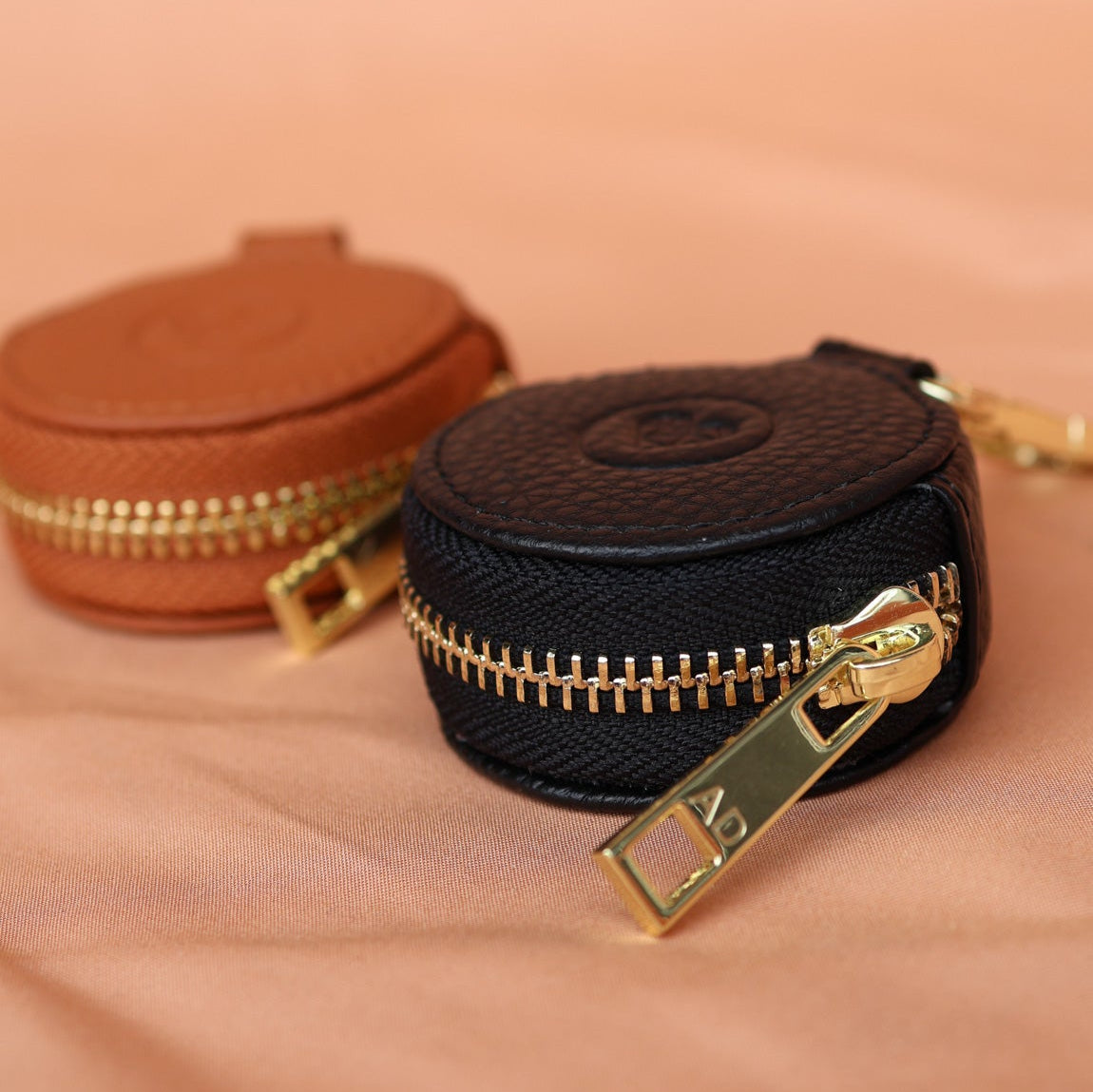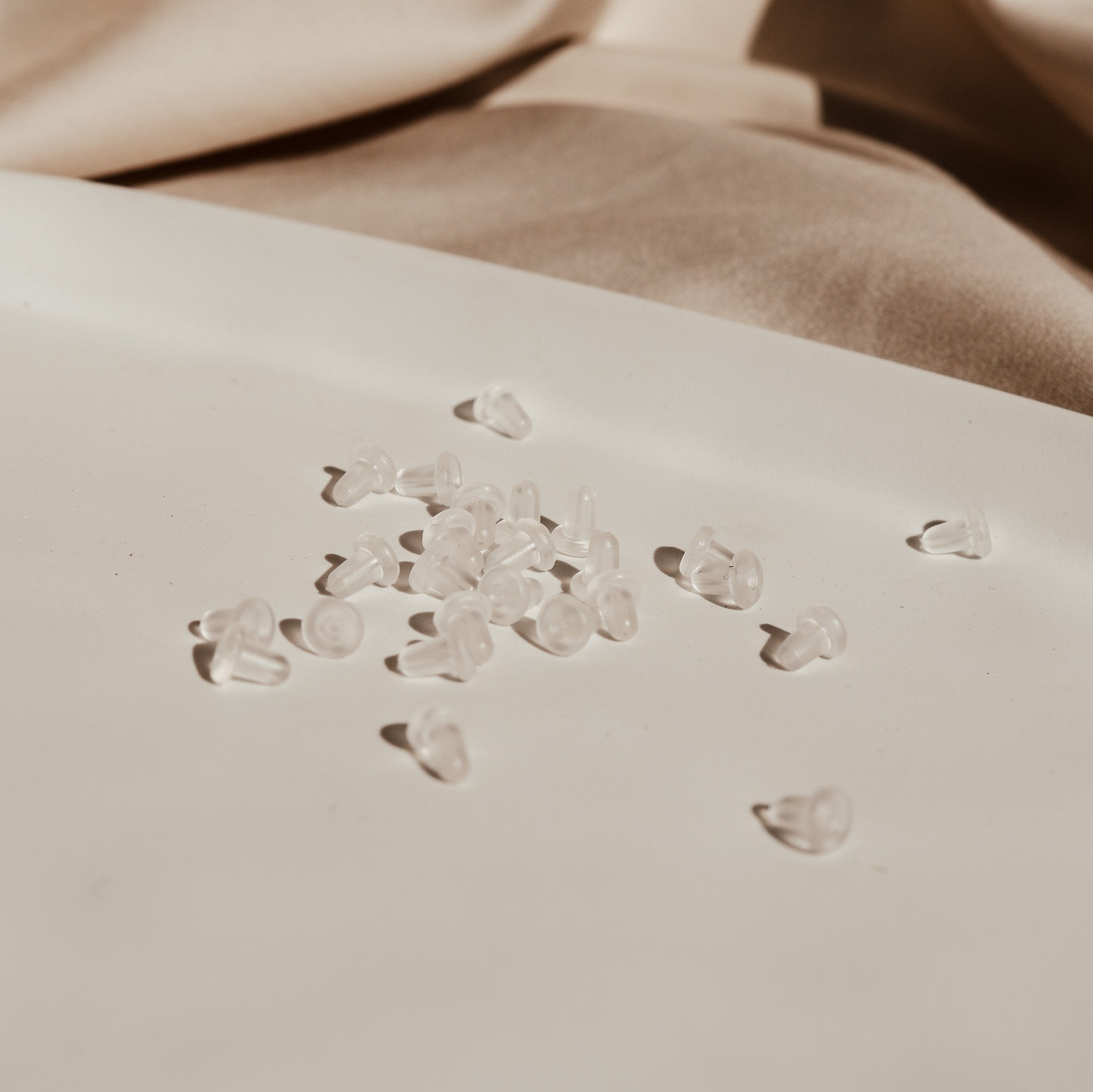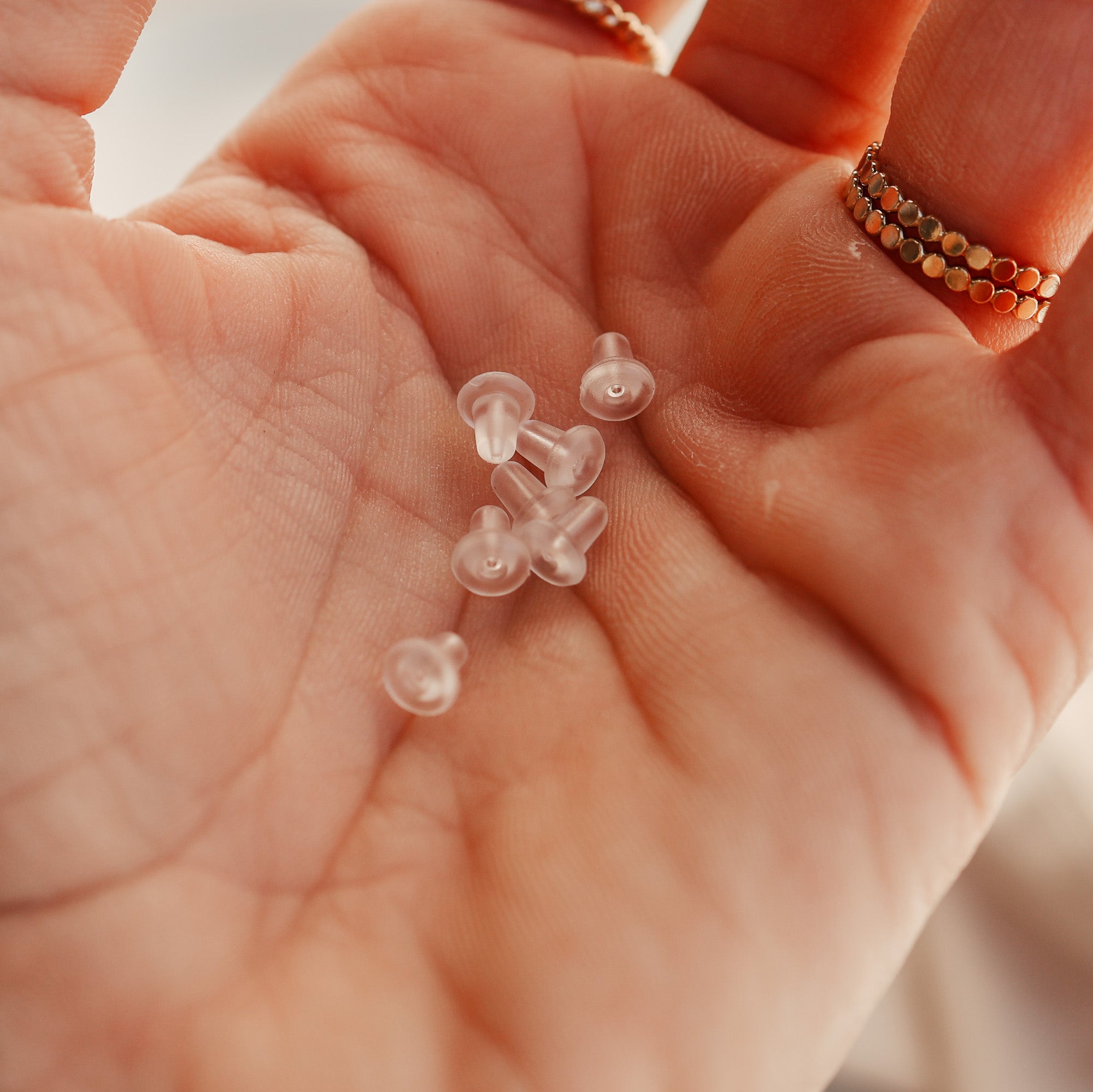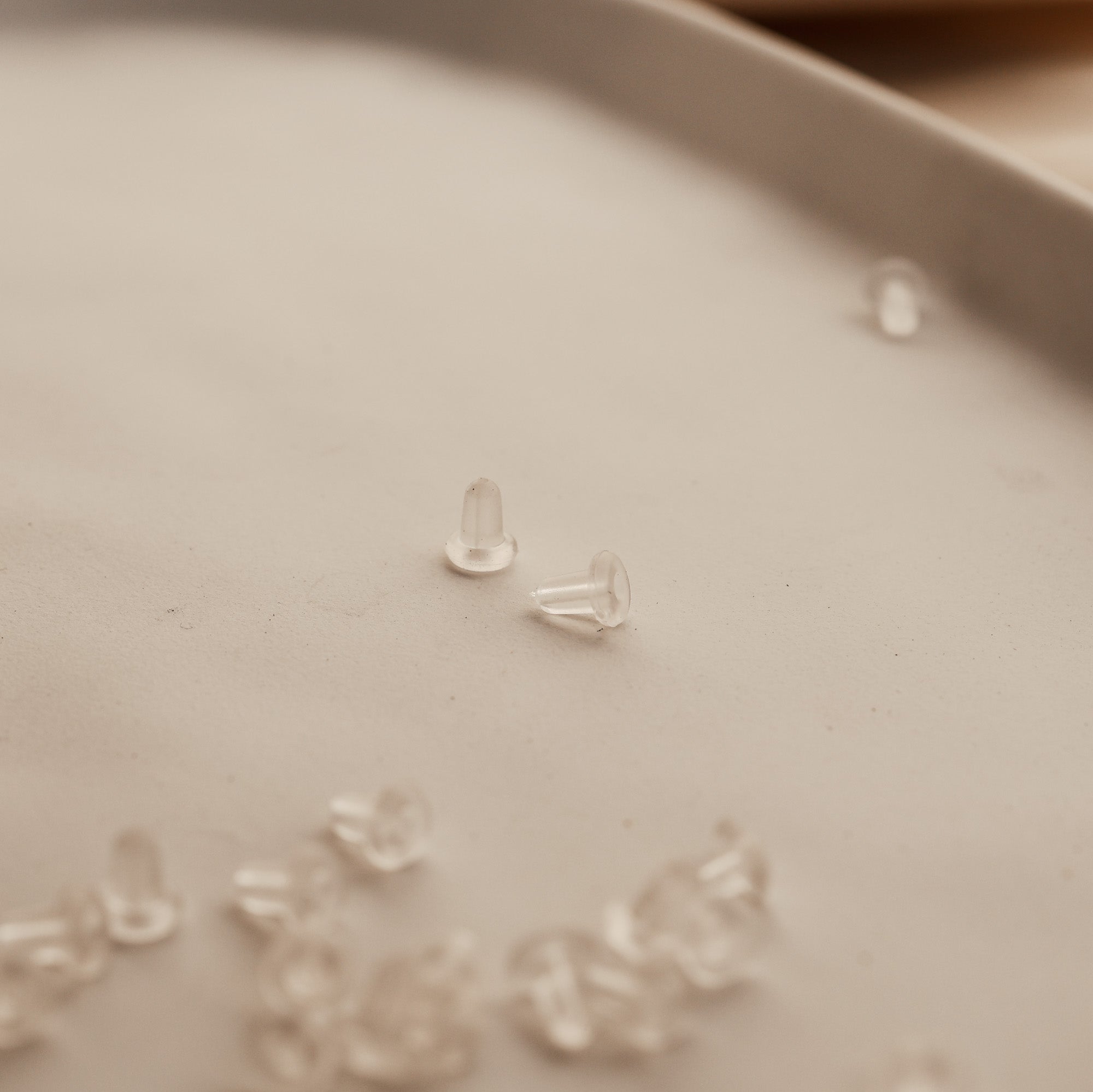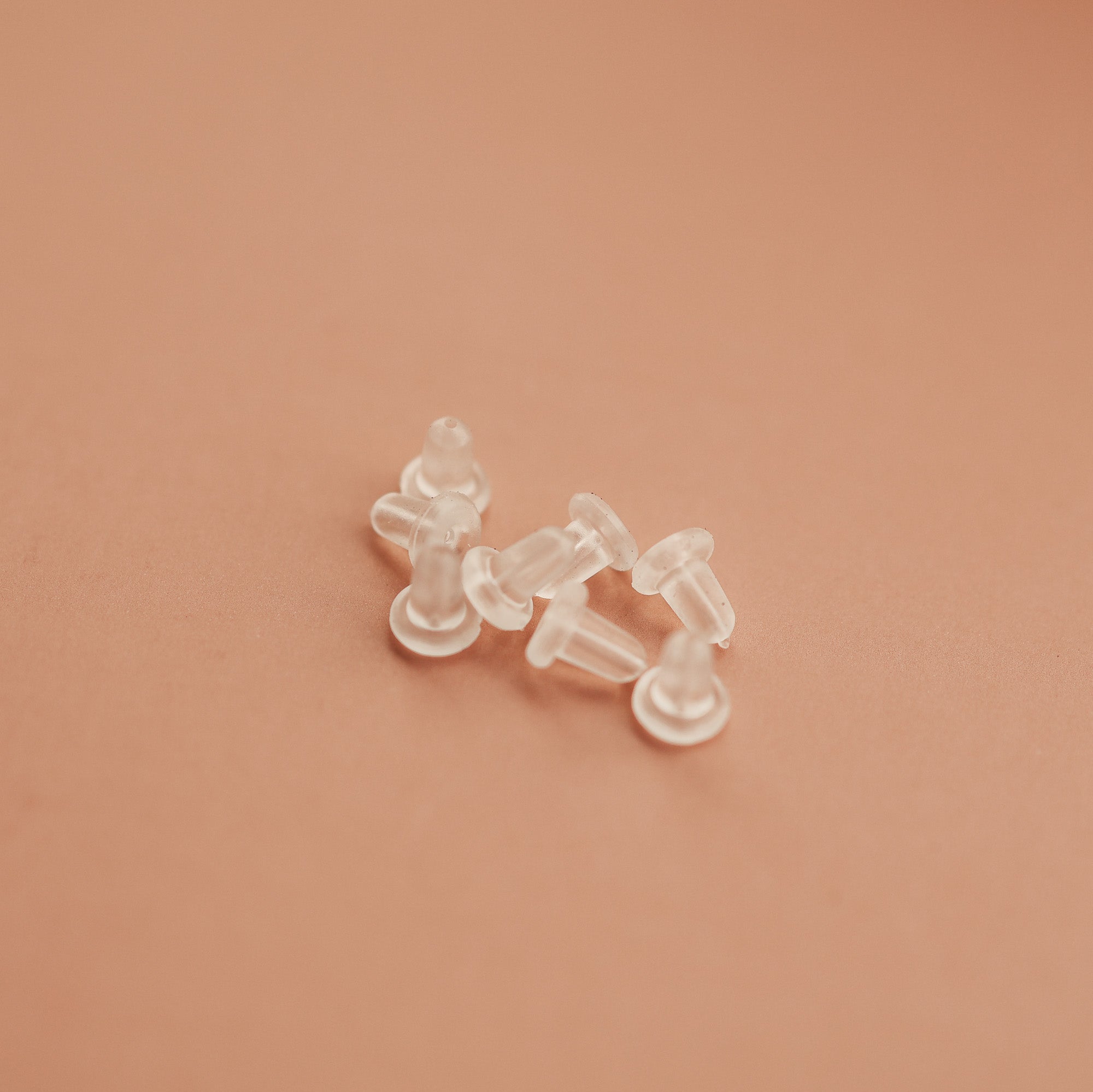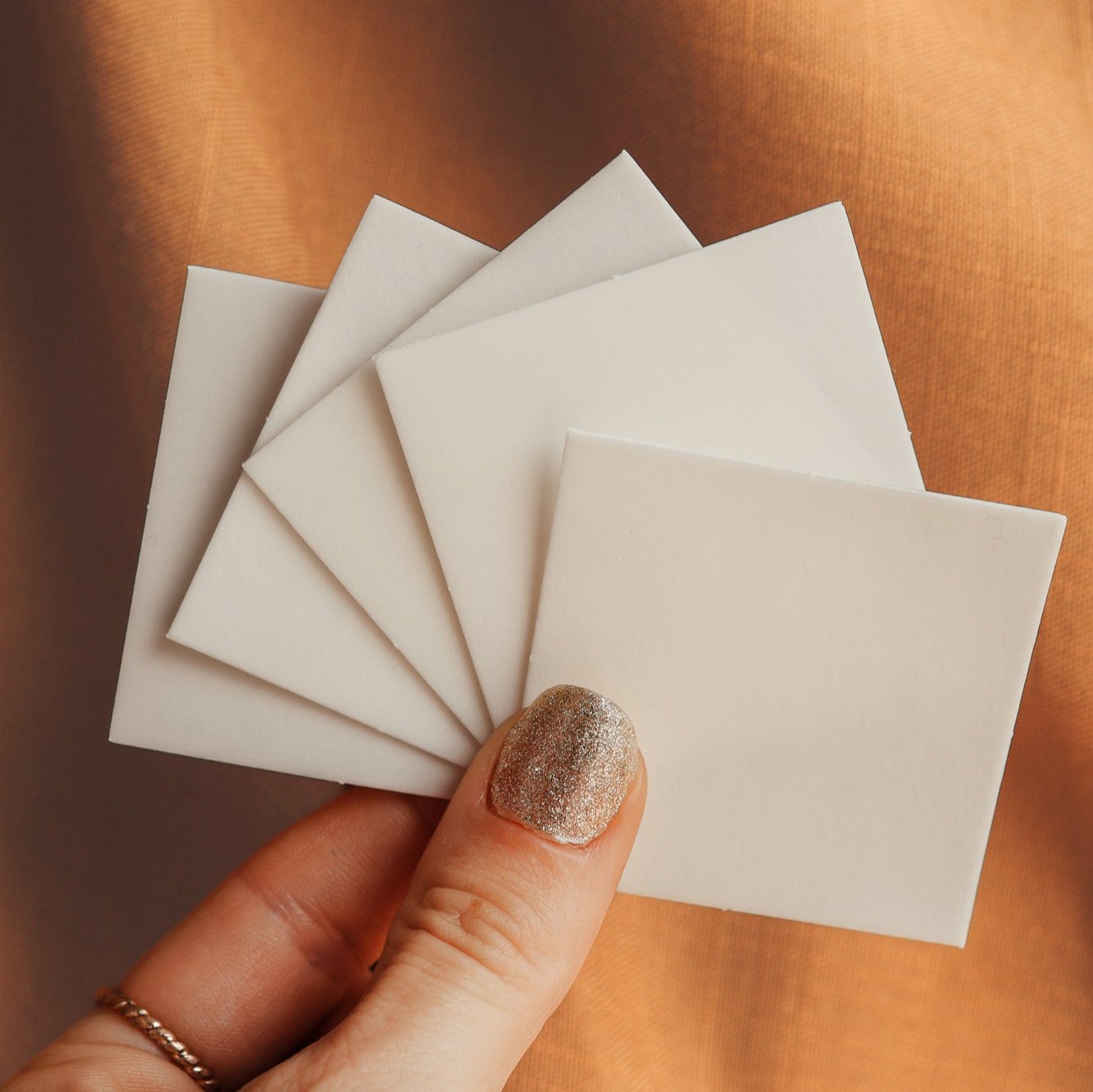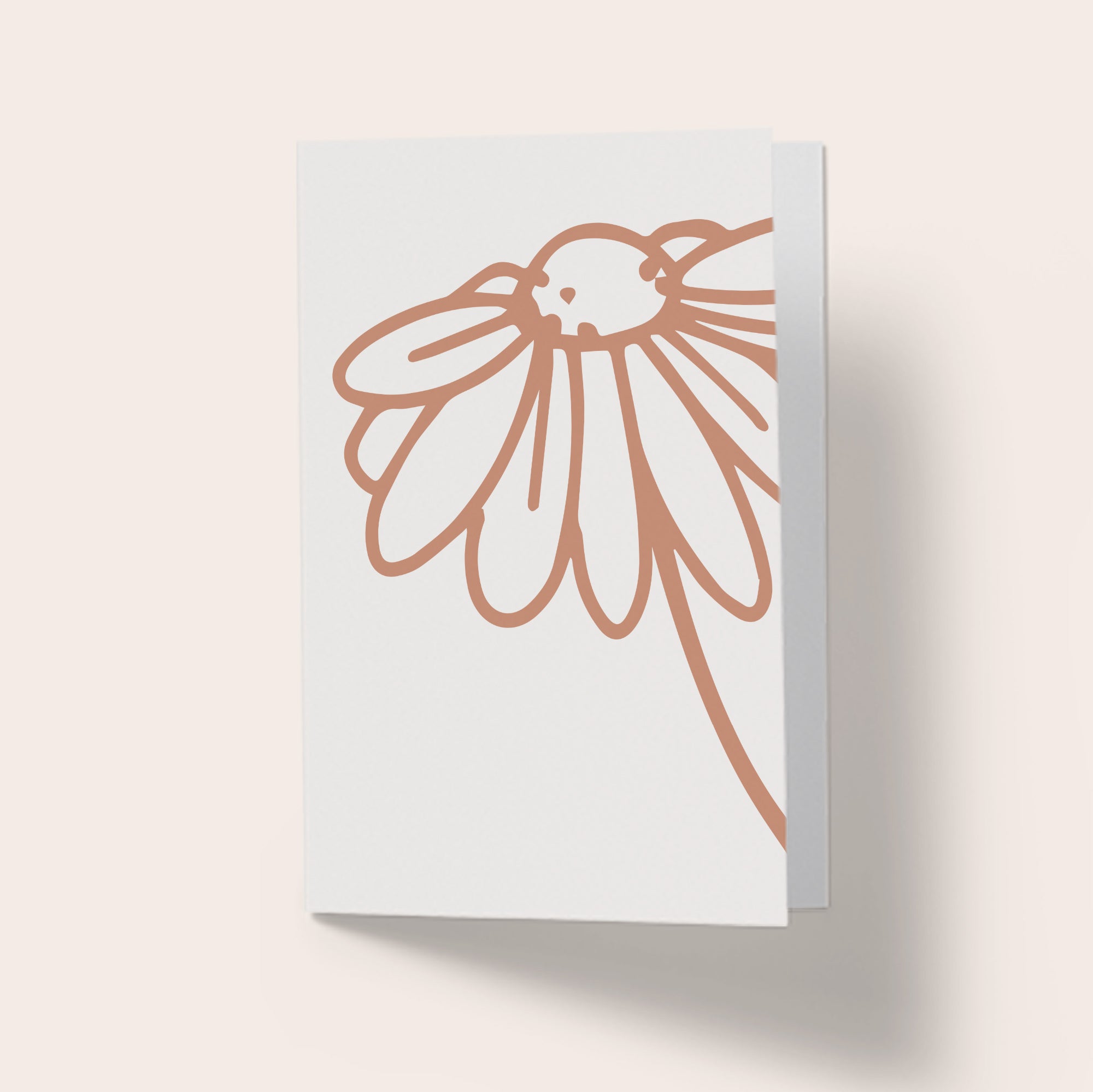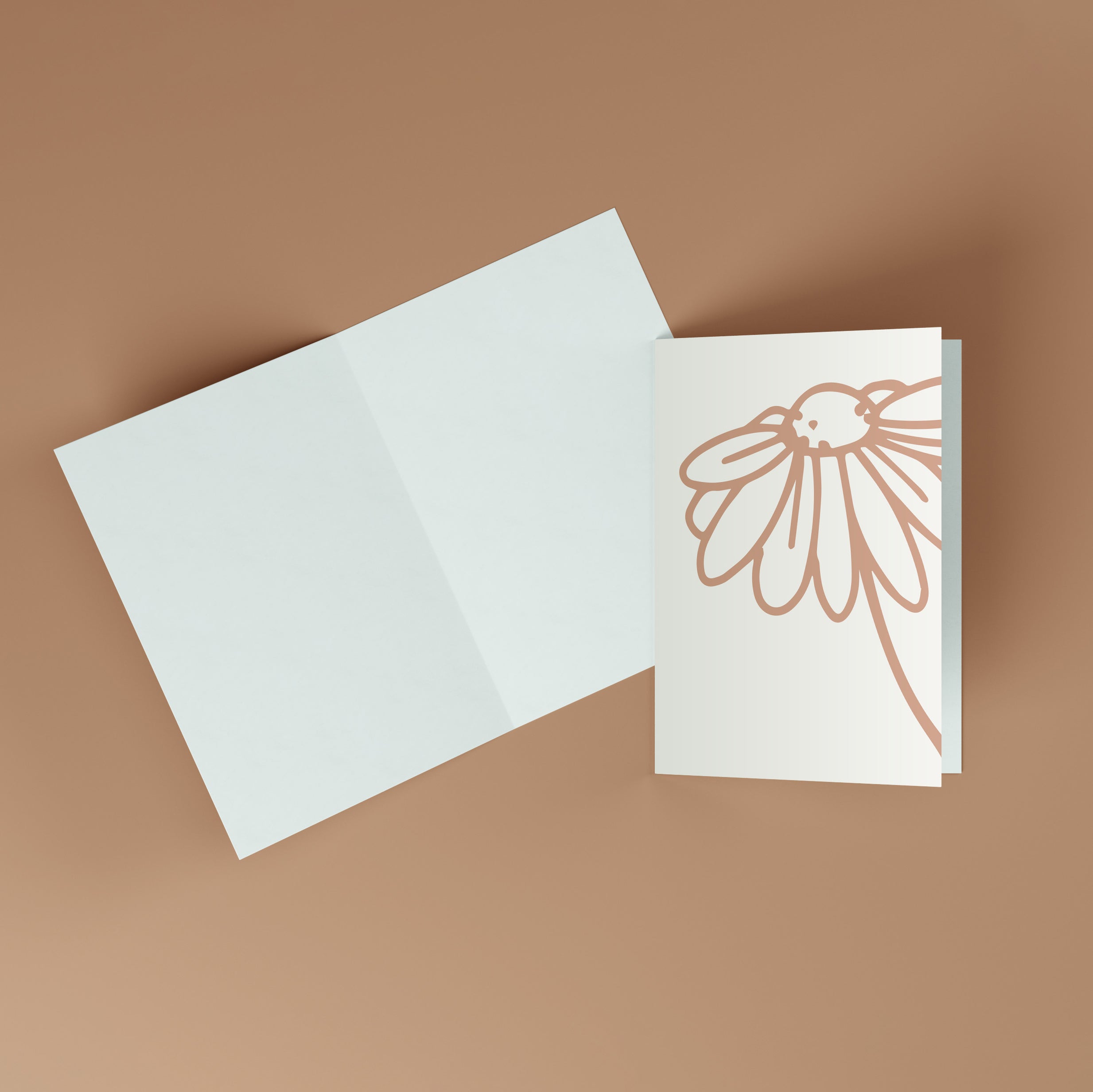CARE INFO
SILVER CARE
Sterling silver is a metal that can naturally discolour and tarnish over time - for some people this can happen much more quickly than others. While this may make it seem a little tricky to care for, it is also super easy to clean. The little white polish pad that can be found at the bottom of your KBN box is amazing at removing tarnish! Click here for a deep dive into removing tarnish and silver care.
Gifting your KBN silver jewellery? We highly recommend storing in an airtight container or ziplock bag to help delay the natural tarnishing process.
RING CARE
Our signature fine ring styles are a very popular choice, however being dainty in design does mean they have the ability to mould itself to your finger. Any sort of pressure the ring is exposed to can cause these subtle changes.
Don't worry though - you can press it back into shape by gently fitting the ring onto something round. This is completely safe to do and won't cause any damage to the band.
Read more about ring care.
LEATHER CARE
Our leather pieces are designed to grow in character as it ages. The best way to extend its life is to avoid contact with abrasive surfaces and overfilling with cards.
To keep the colour looking its best, we recommend keeping it out of direct sunlight, moisture and sporadically using a leather conditioner.
Read more abut caring for your leather items.
GOLD FILL CARE
Our Gold Filled jewellery won't chip or flake - however, to maintain its shine please avoid wearing while swimming in the ocean or chlorinated pools.
If you (like many of here at KBN!) love to wear your pieces 24/7, we recommend giving your jewellery a quick polish with the little white polish pad to ensure its looking its best; and stored in an airtight container when not being worn.
Learn more about Gold Filled jewellery here
PEARL CARE
Pearls shouldn't be worn in chlorinated water or exposed to dish washing liquid/hand soap etc, and ideally should avoid contact with any moisturiser, sun lotions, perspiration and perfumes. Read more about Pearl Care.
PERMANENT JEWELLERY CARE
Permanent jewellery is designed for everyday wear, but it still needs gentle care to stay beautiful. Clean gold fill every couple of months and sterling silver monthly (or when tarnished) using warm soapy water, a soft brush, and a polishing cloth to restore shine.
Avoid harsh chemicals, chlorine, and lotions, as these can dull or damage the metal, and rinse your bracelet after swimming or contact with saltwater.
Take care not to tug or catch your chain during activities, and check it regularly for signs of wear. Treat it kindly, and it will stay with you for years to come.
Read more info for how to care for your permanent jewellery.
HOW TO
DAY & NIGHT HOOPS
Designed to be uncomplicated and worn all day and night, you simply need to gently twist the two ends side to side to open them. Please avoid pulling them apart as they are delicate. We have a little how-to demo of how to best open your hoops here.
ADRIAN CUFF
With the ability to be subtly loosened by opening the ends or tightened by squeezing them together, our Adrian cuff allows you to find your perfect fit with each wear.
JUMPRINGS
Our jump rings are the pieces that hold your jewellery together! With wear they can open slightly and may require a little adjusting to ensure your pieces are kept safe.
We have a detailed how-to guide here for you - all you will need is two pairs of pliers and a steady hand.
ATTACH YOUR PENDANT
Our pendants are designed to sit snugly on our chains (with the exception of our stacked pendants) and are created this way to ensure that they cannot easily fall off of your necklace. This does mean that they will not slide onto your existing necklace and there is a few steps involved to be able to wear your new pendant.
You have the option to attach your new pendant yourself (see our guide here) take it to your local jeweller, or send your necklace to us to attach for you - and it will return to you with the newest addition added and no further fuss required!
MAKE A RETURN
We only accept returns on non-personalised (ready made) items. These can be returned for a store credit. Please see our returns info page here
Due to hygiene reasons, all earrings are final sale.
Get in touch
Have questions about your order, or a general enquiry?


